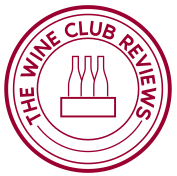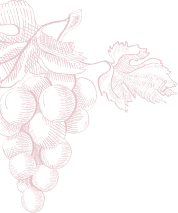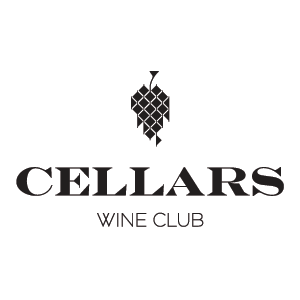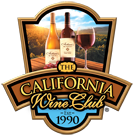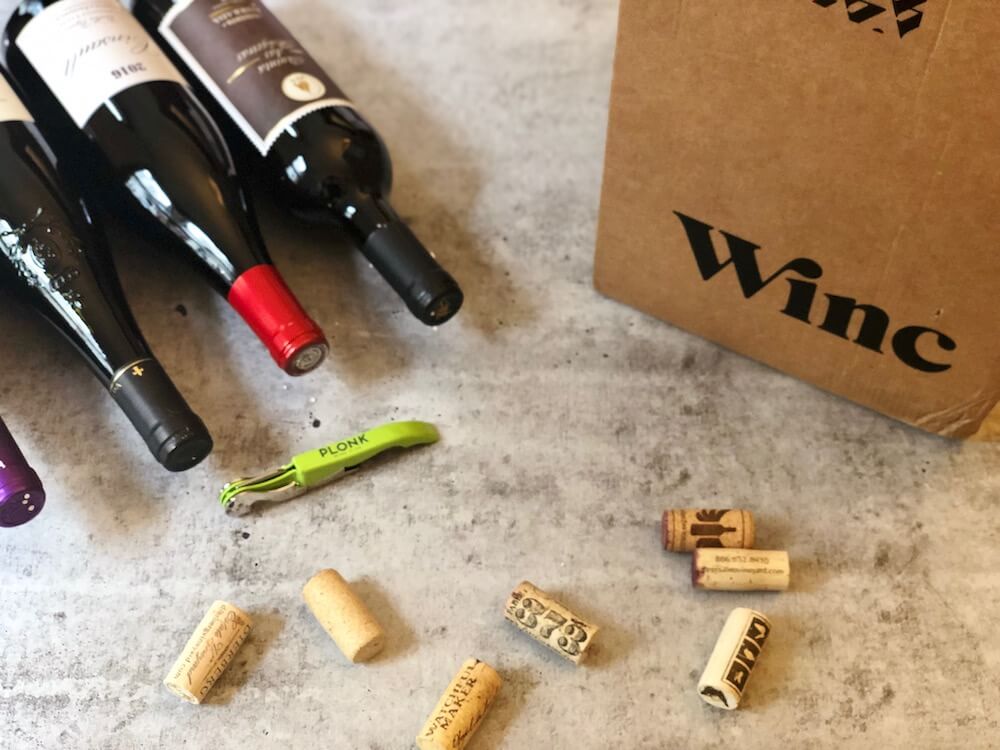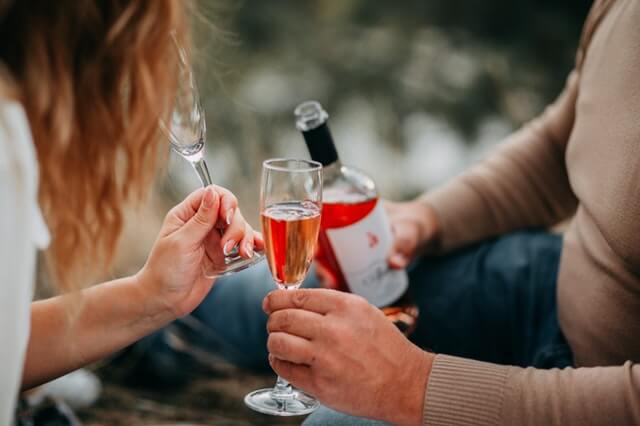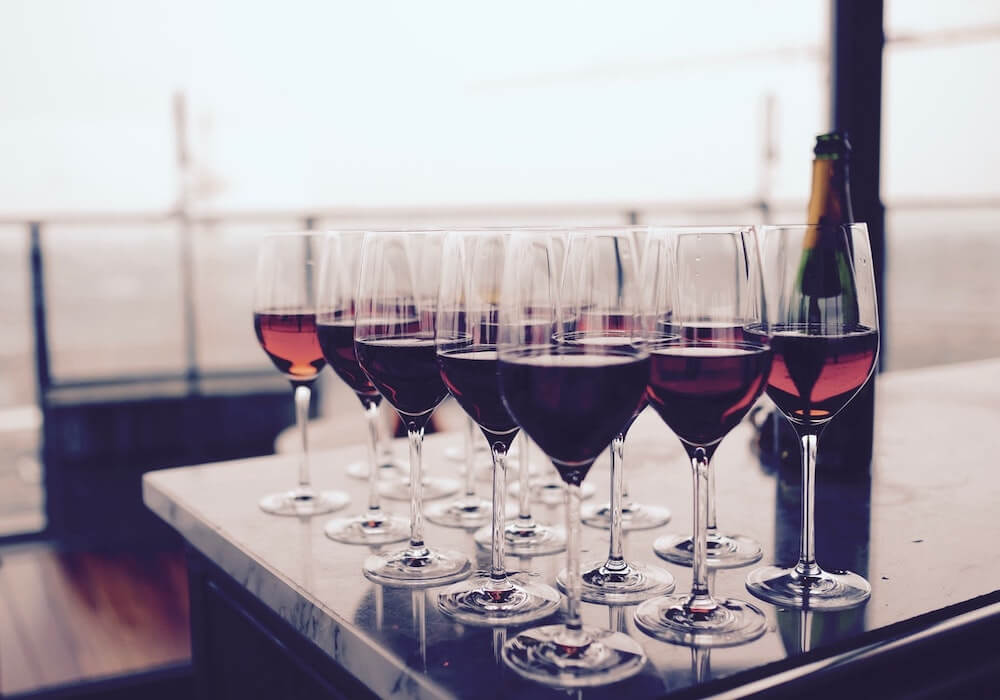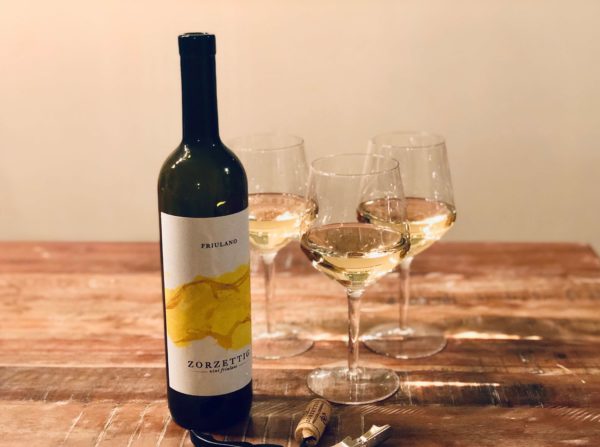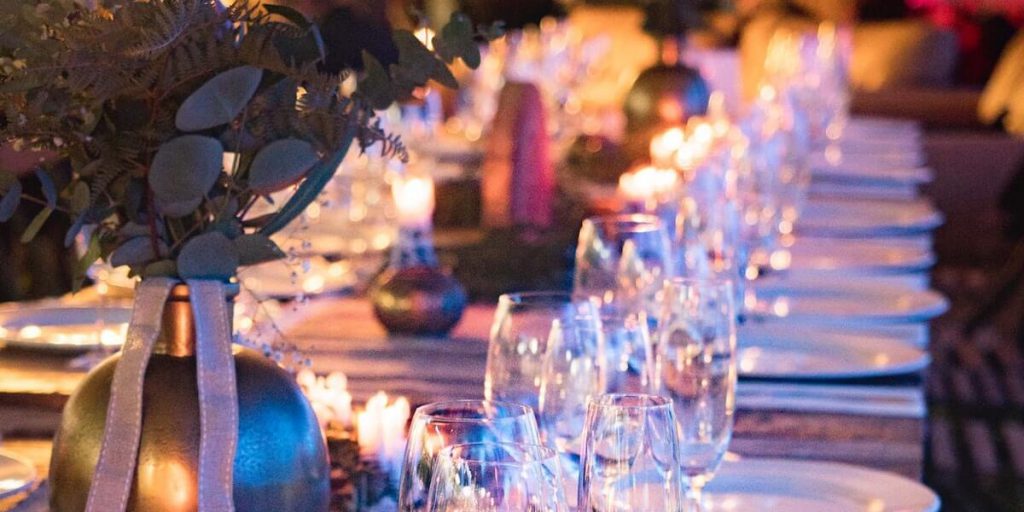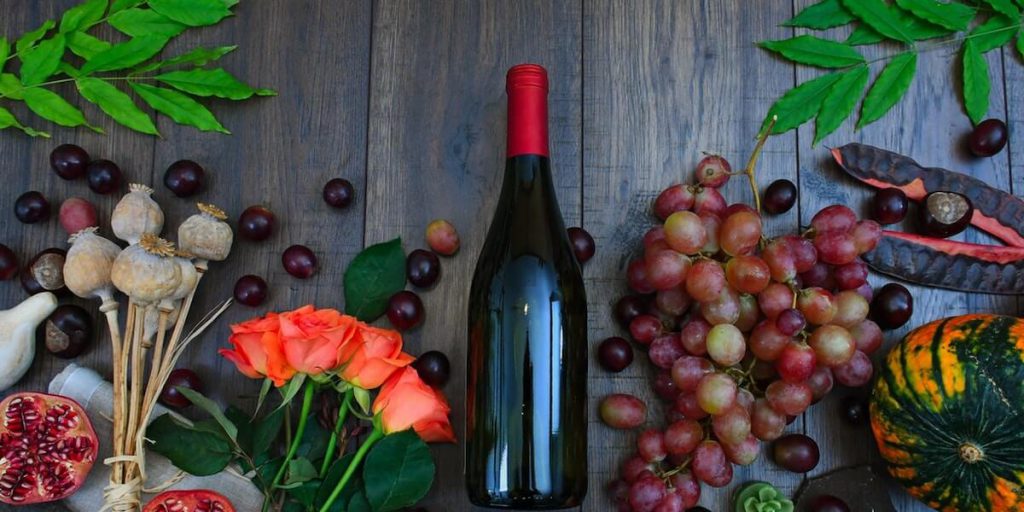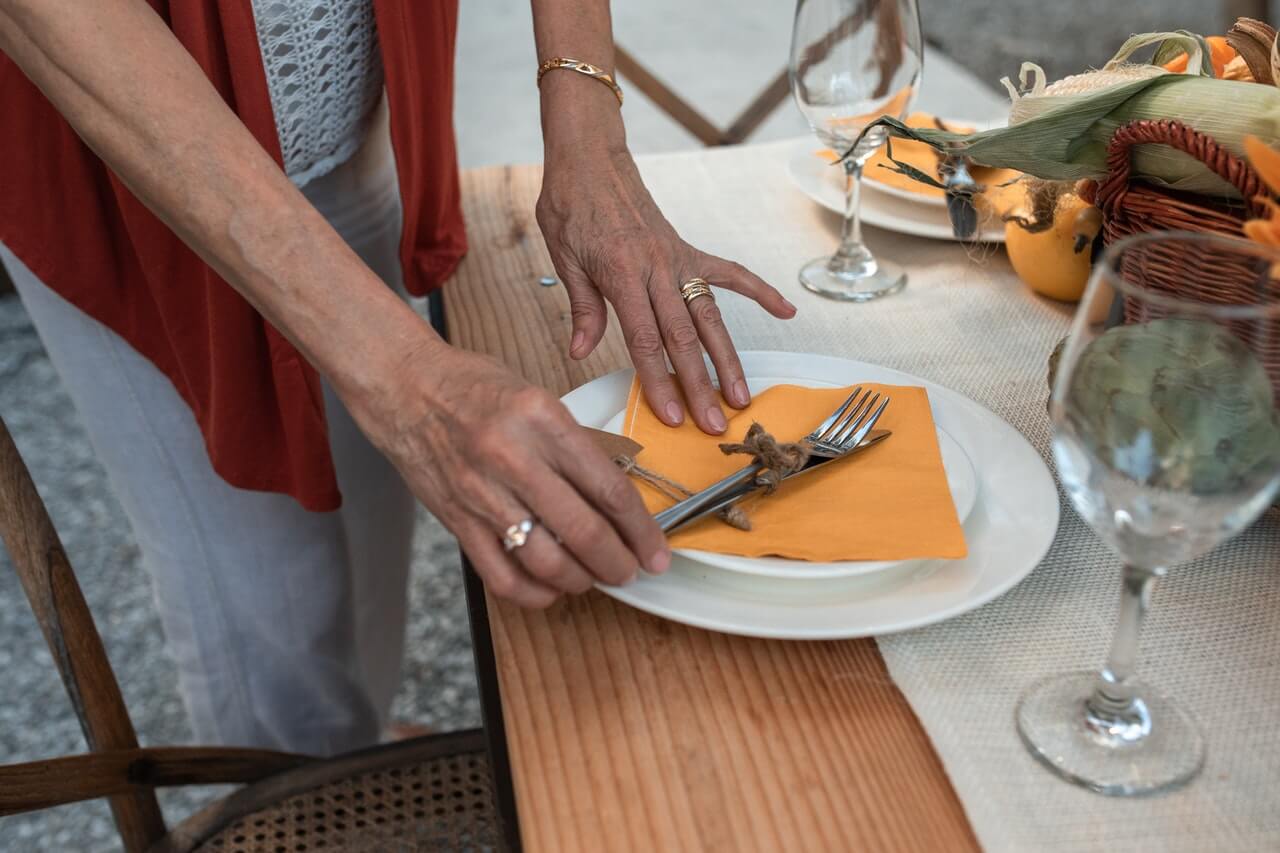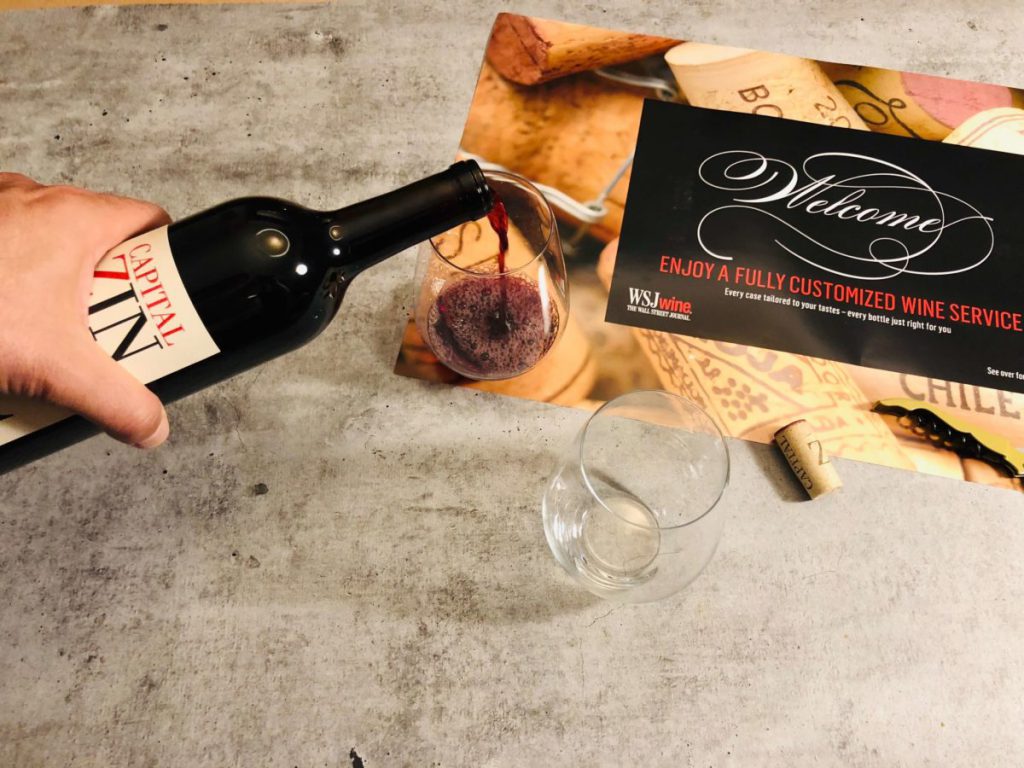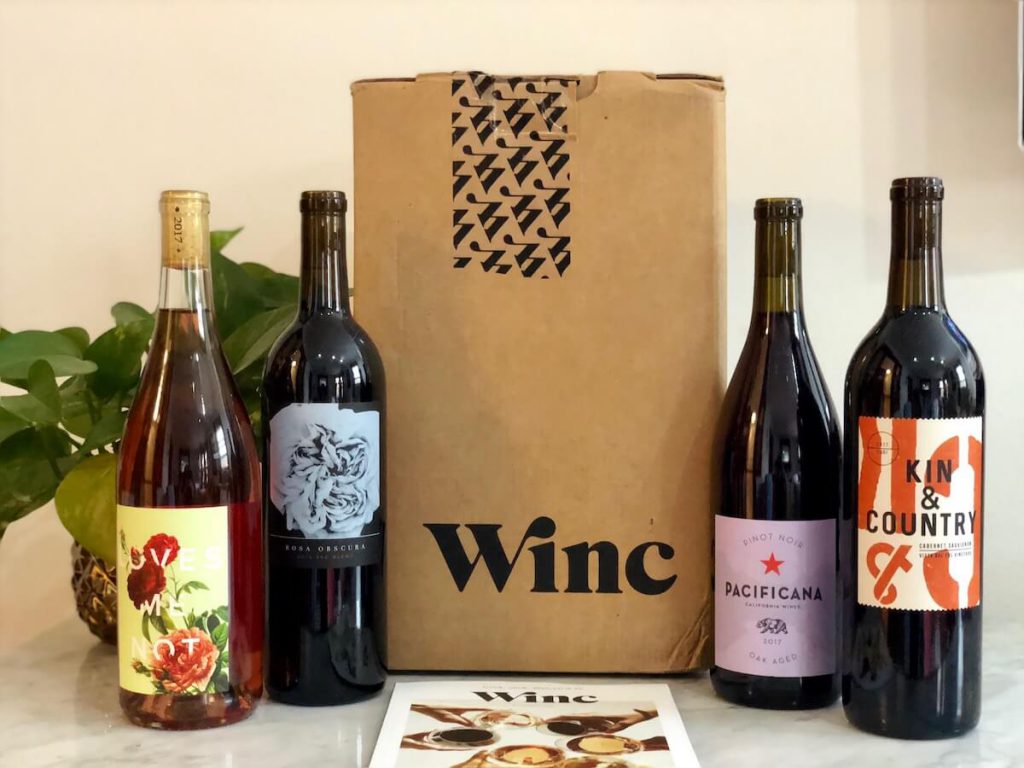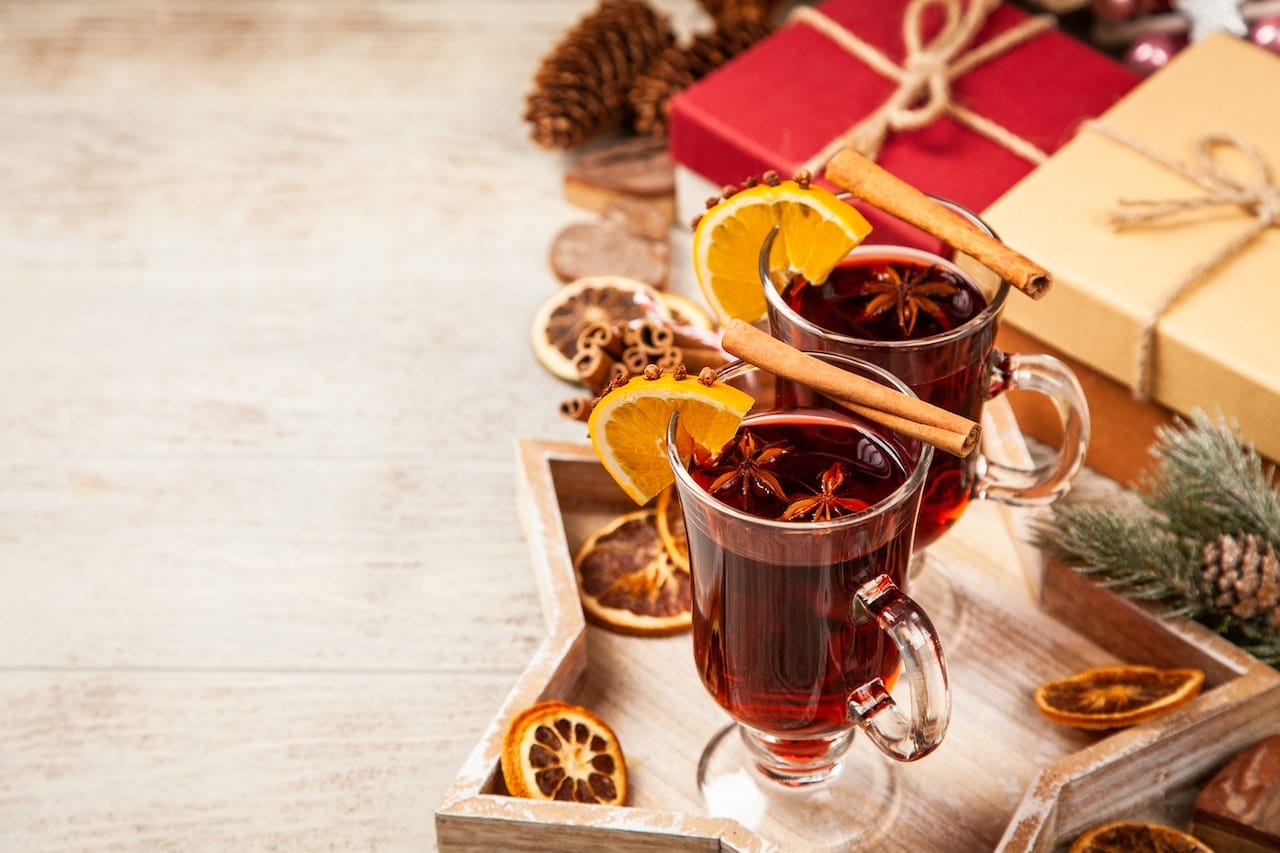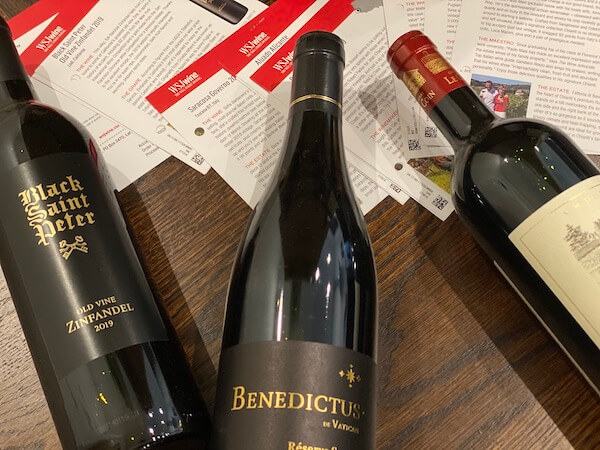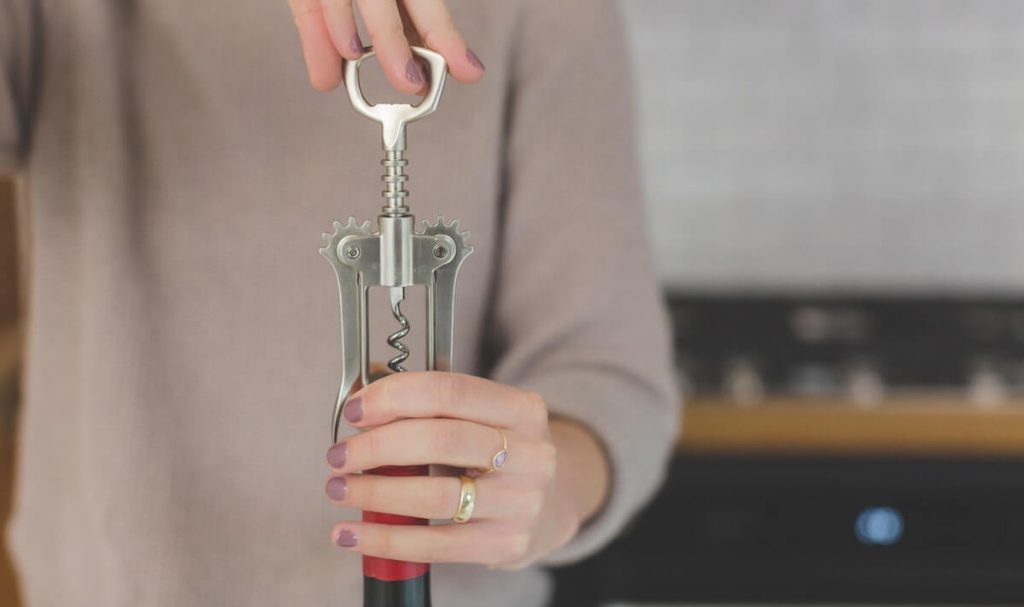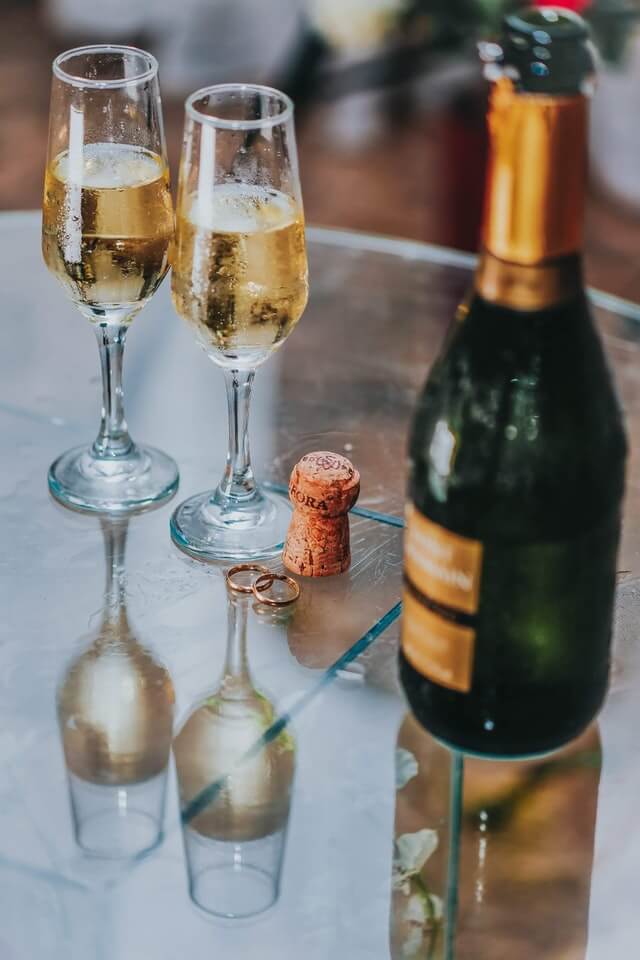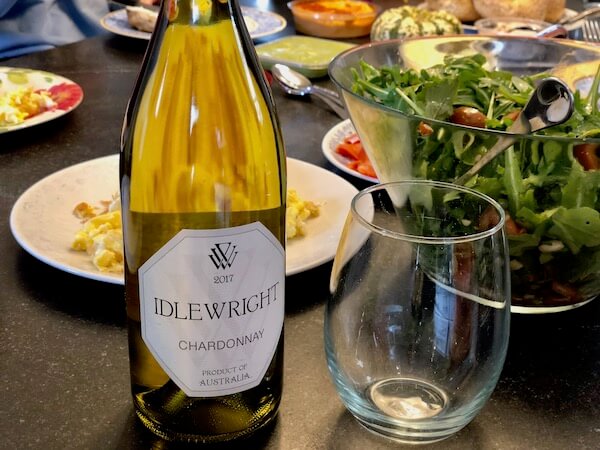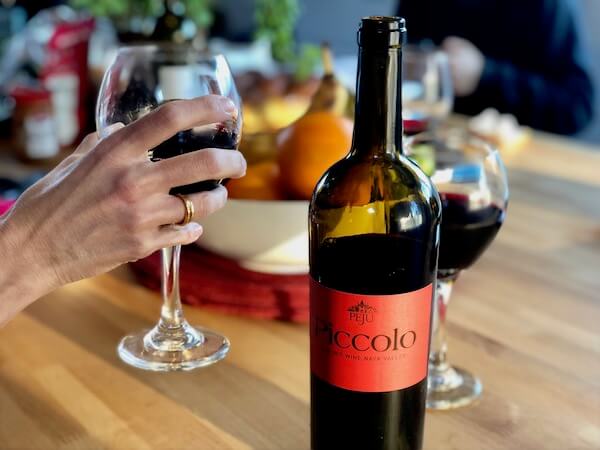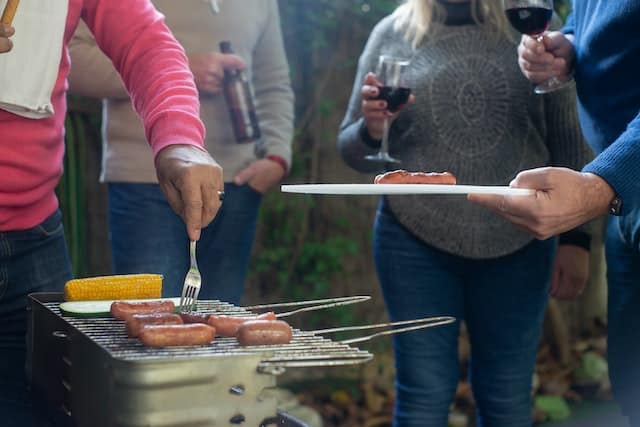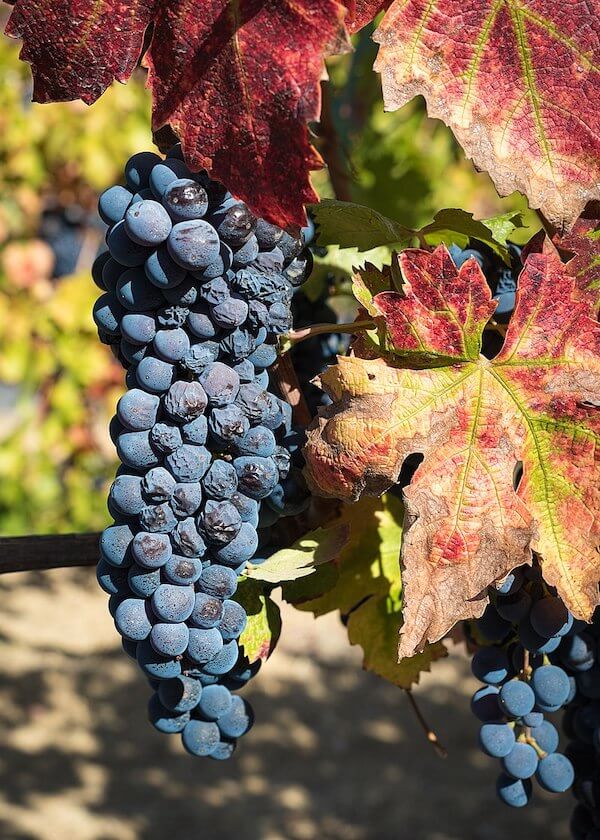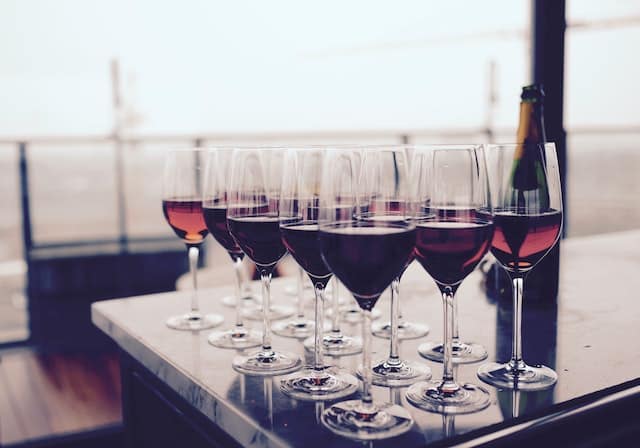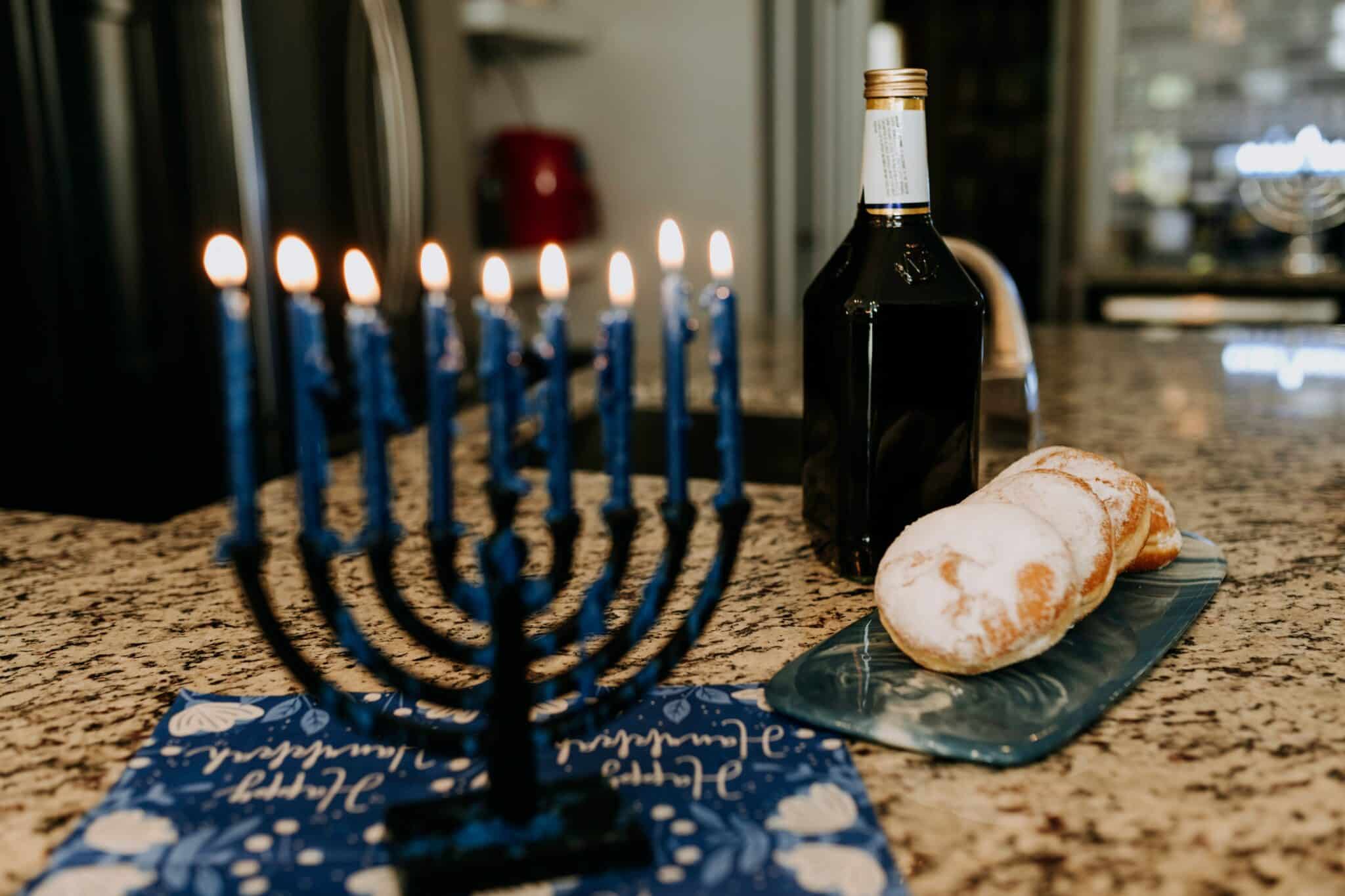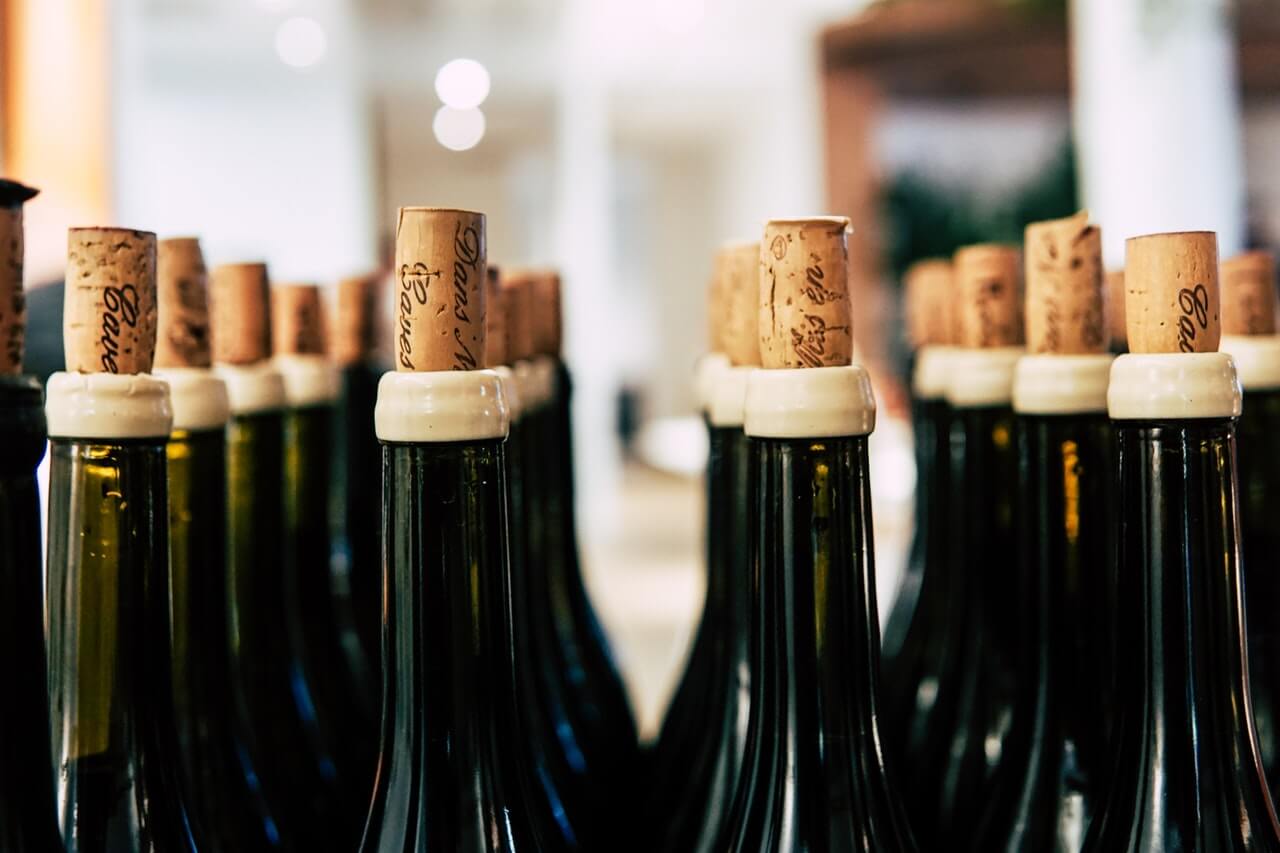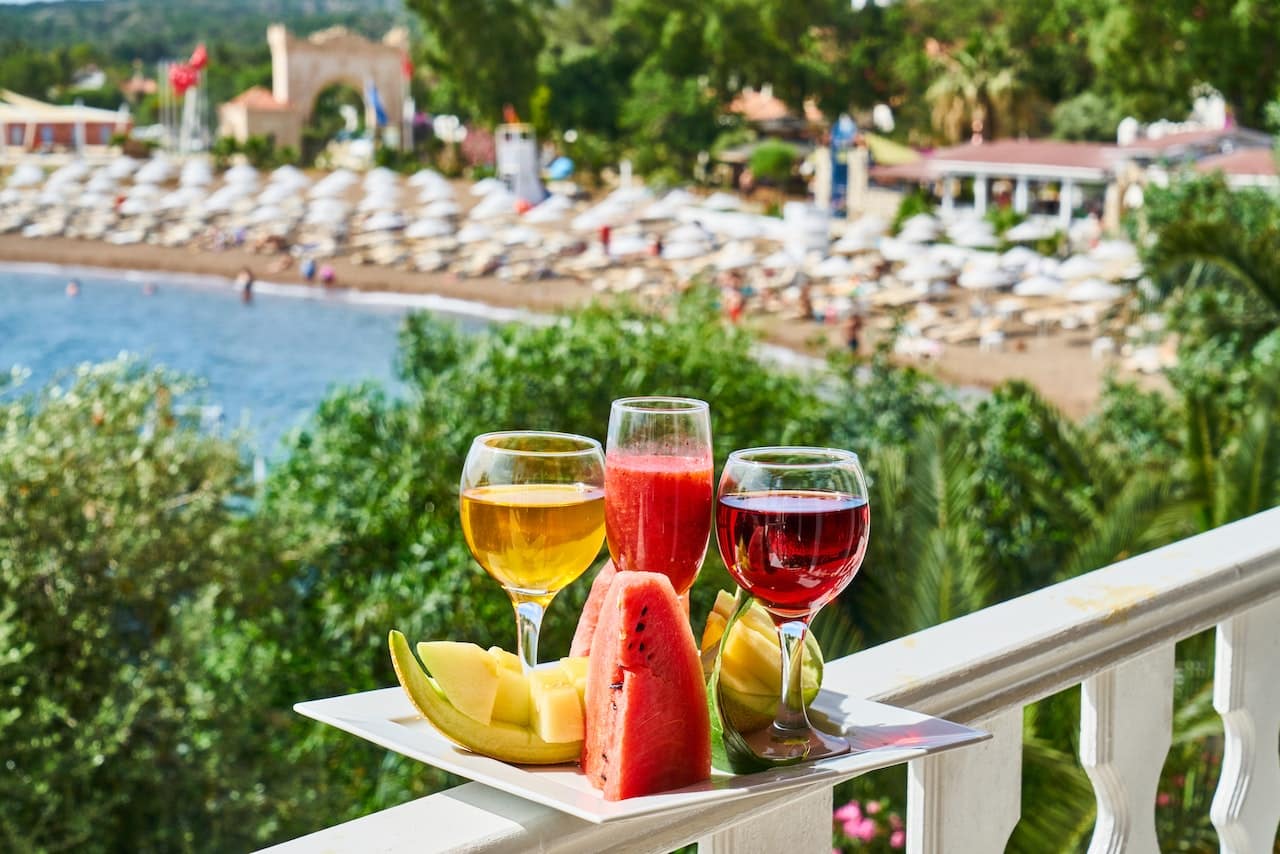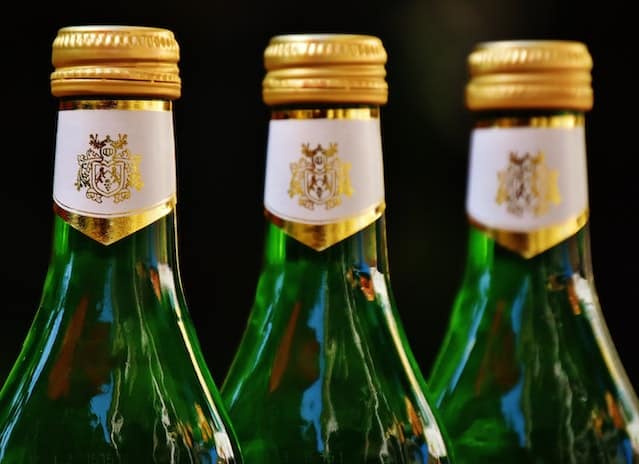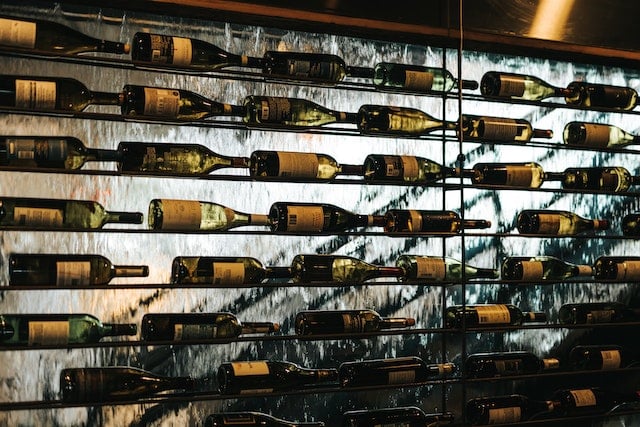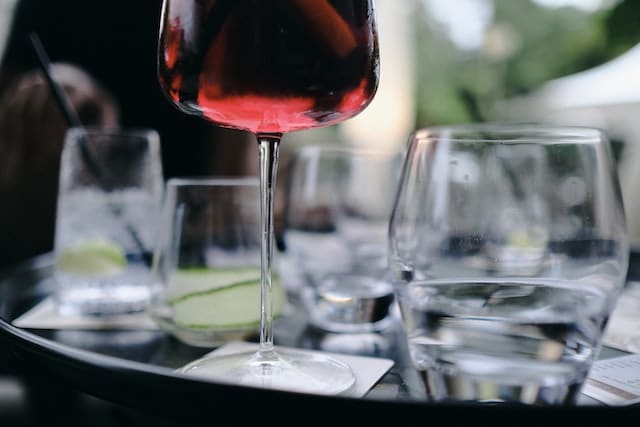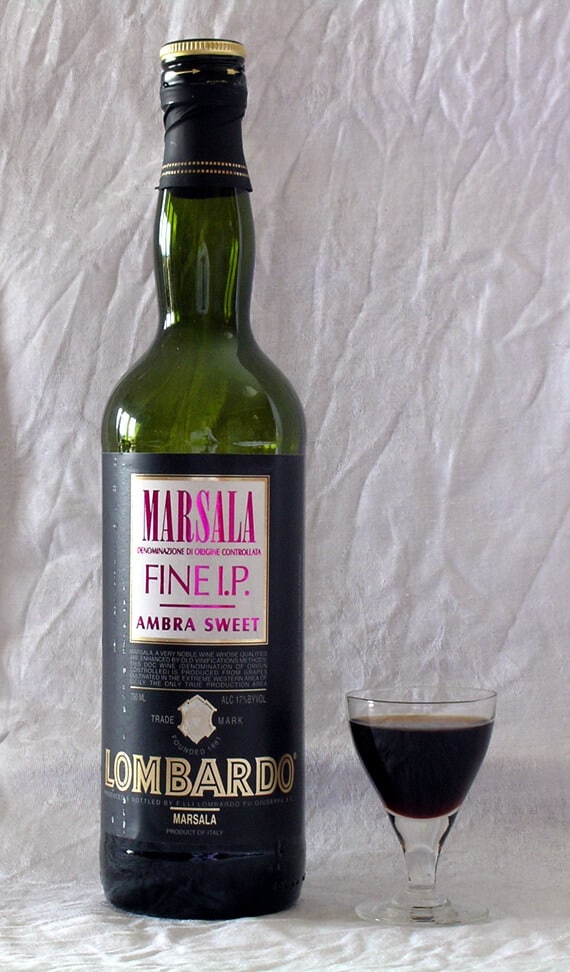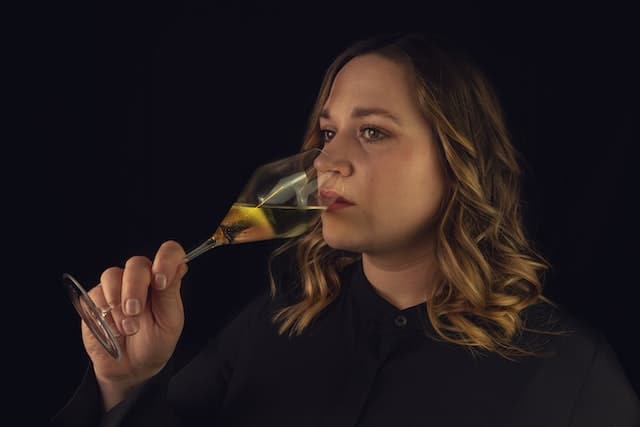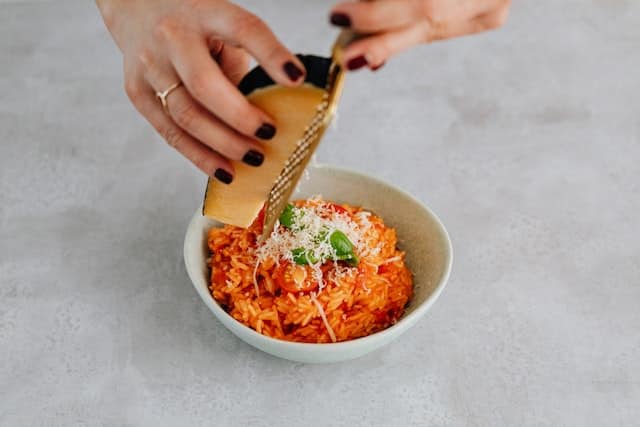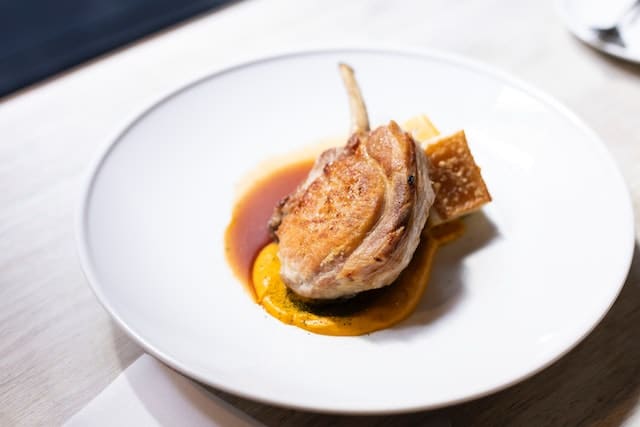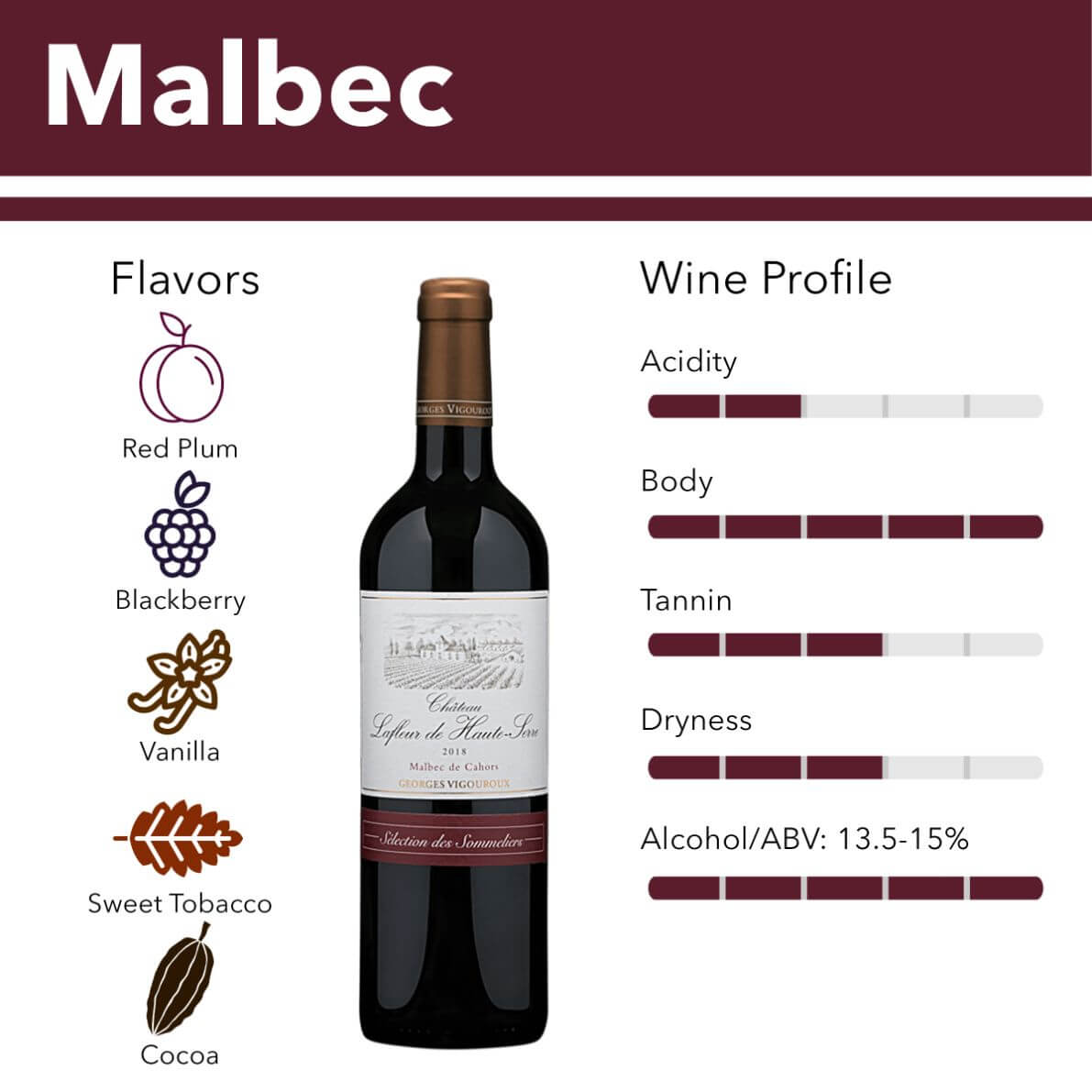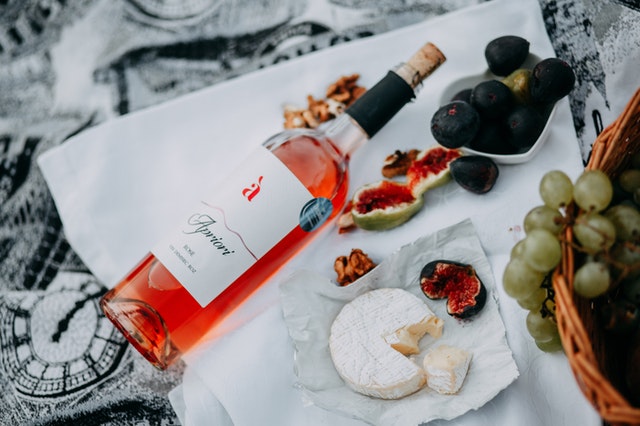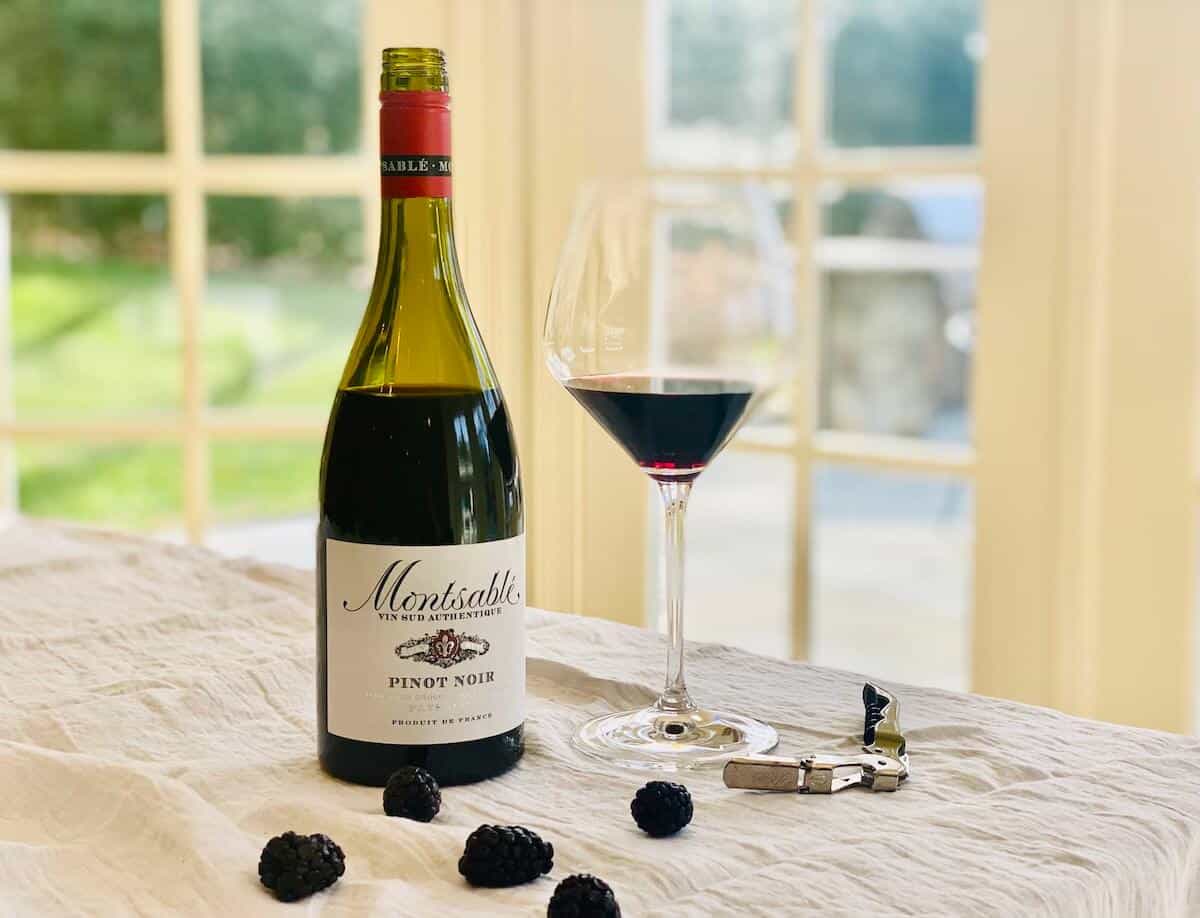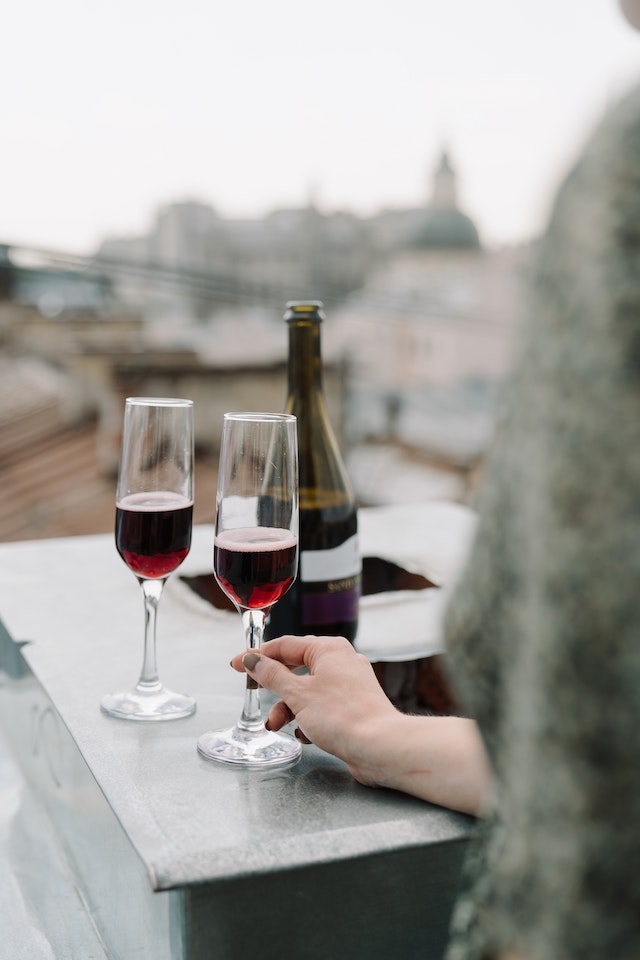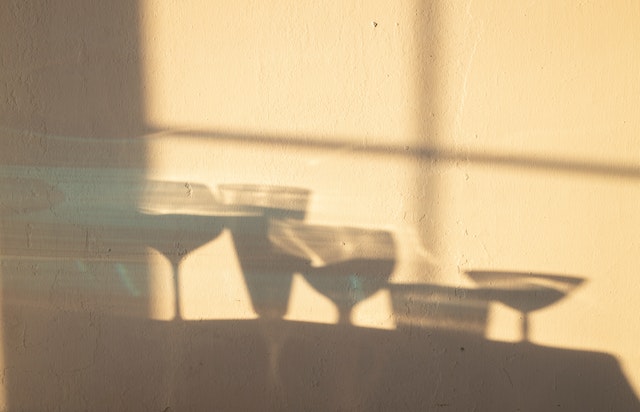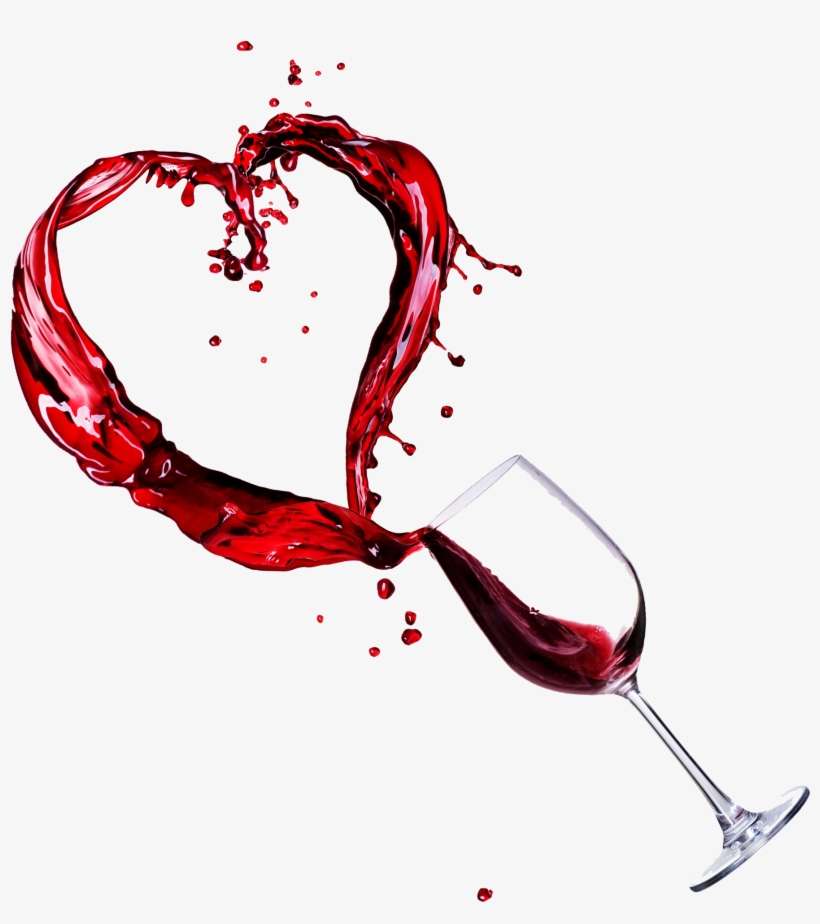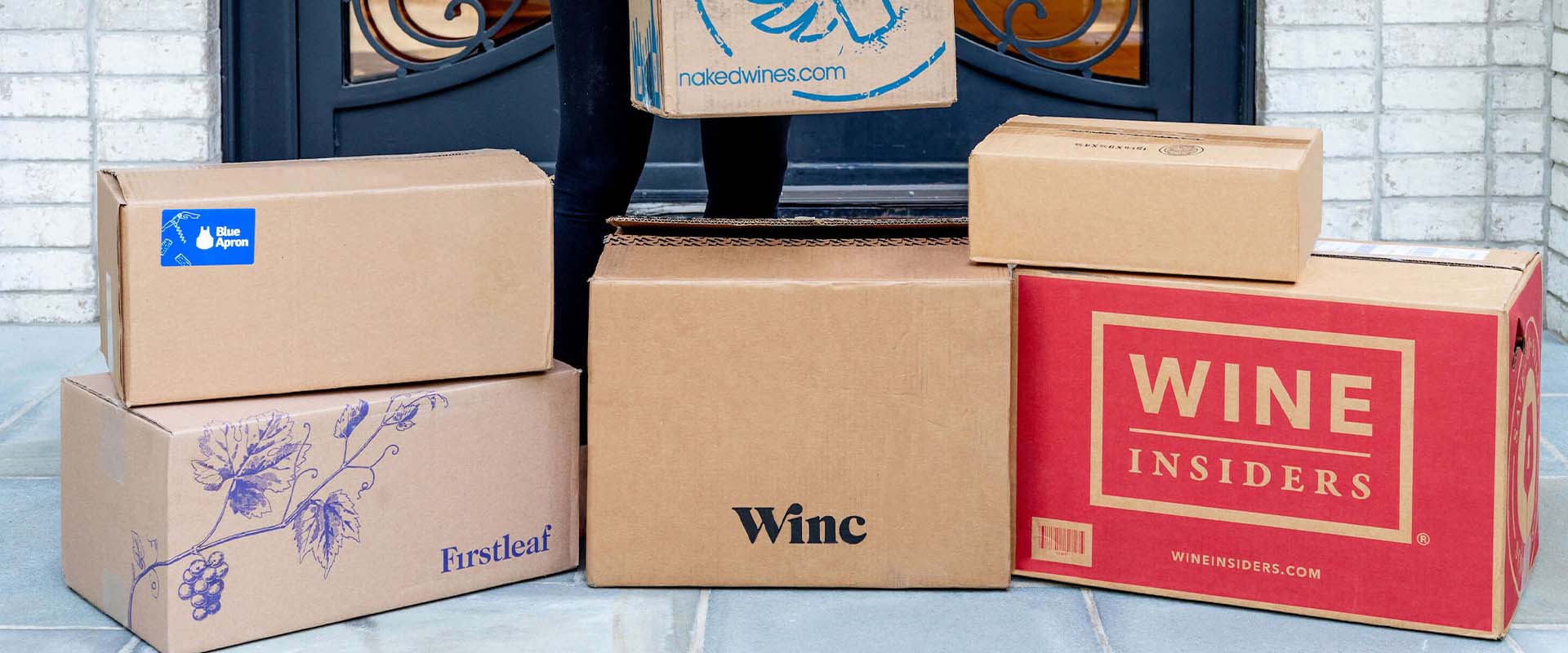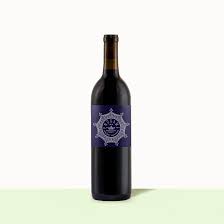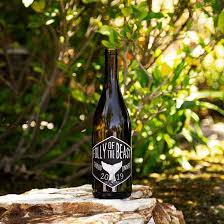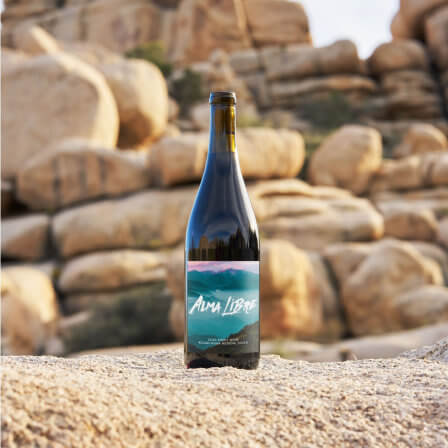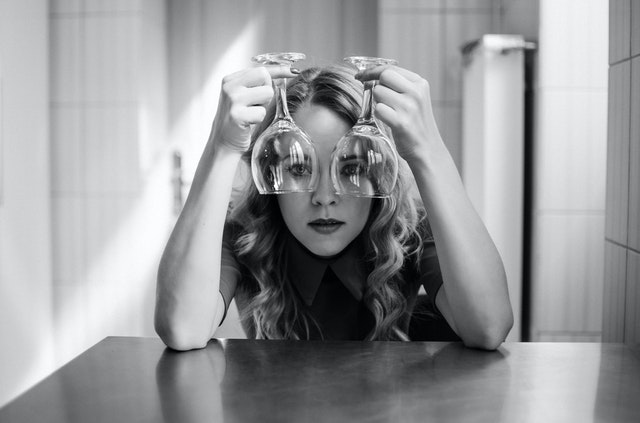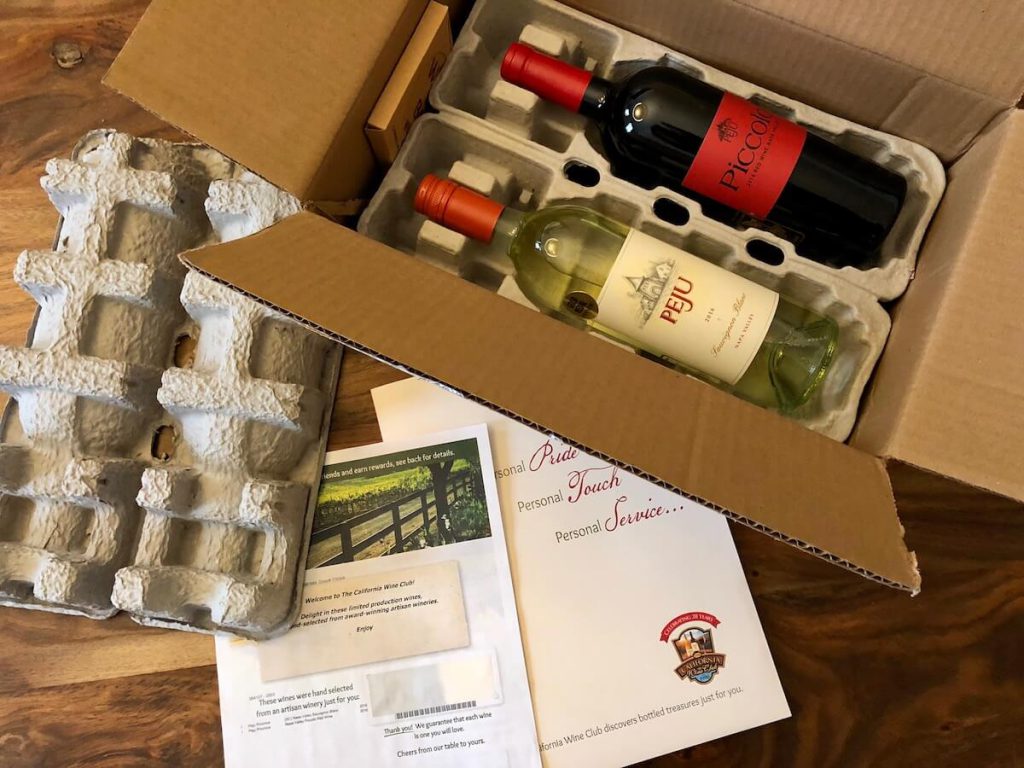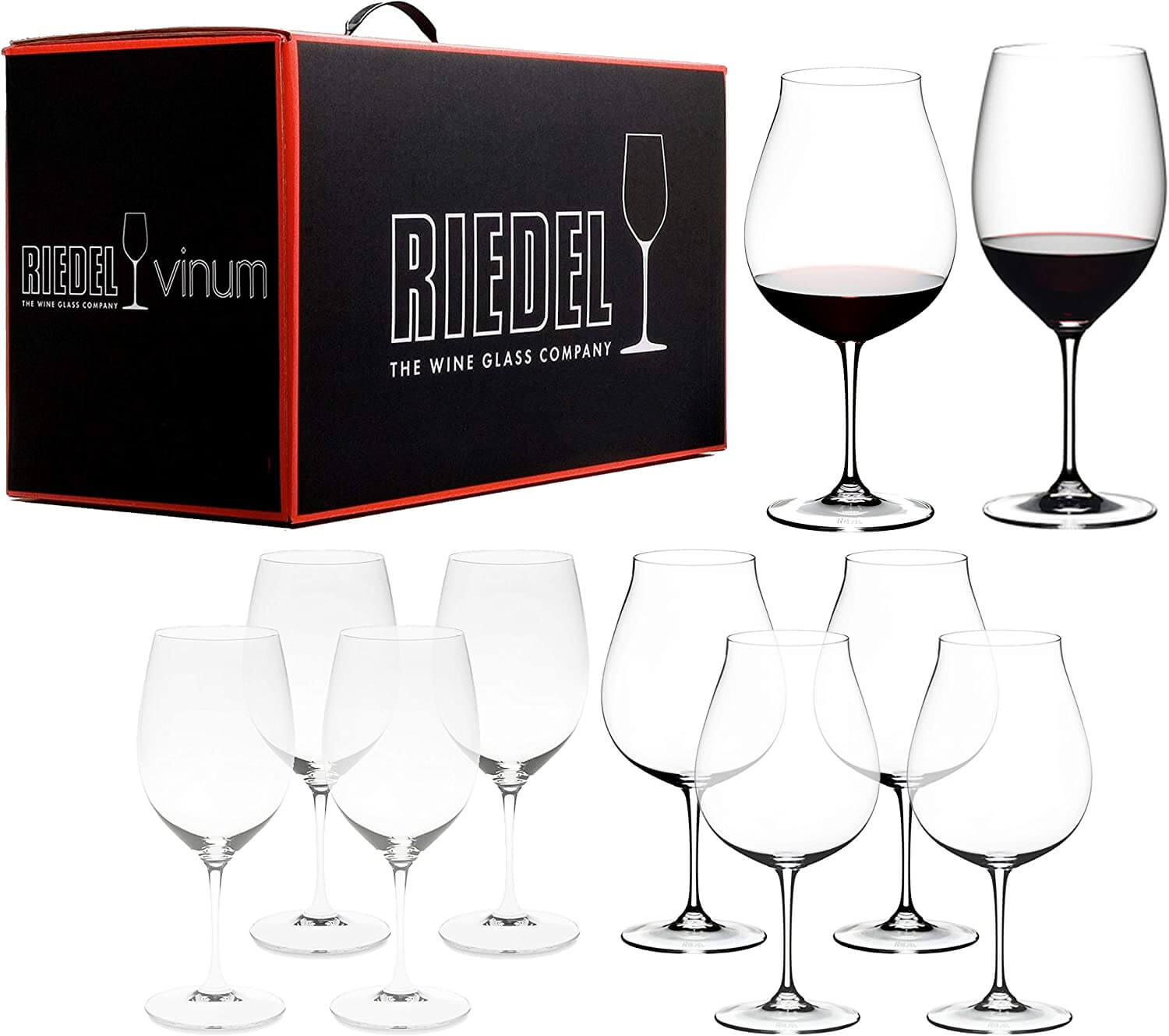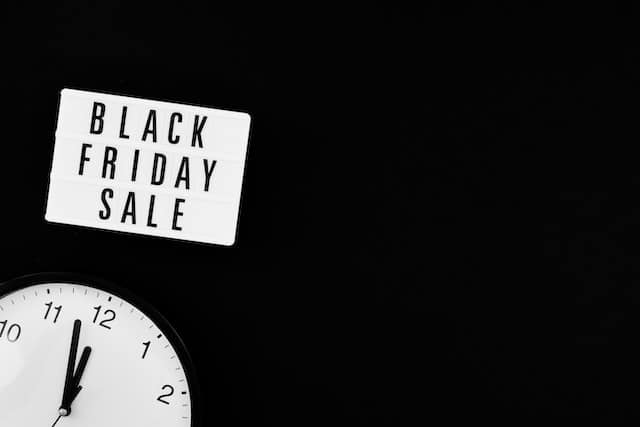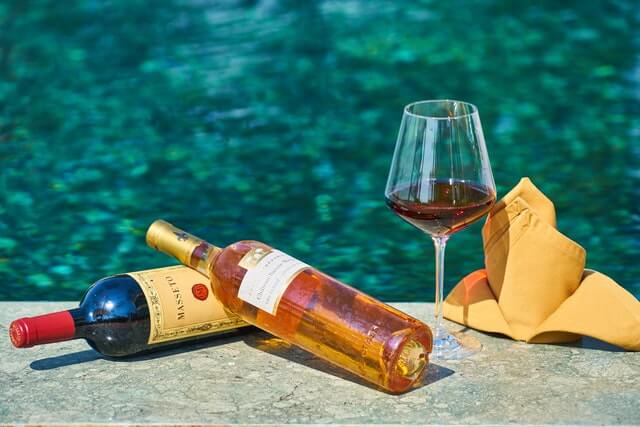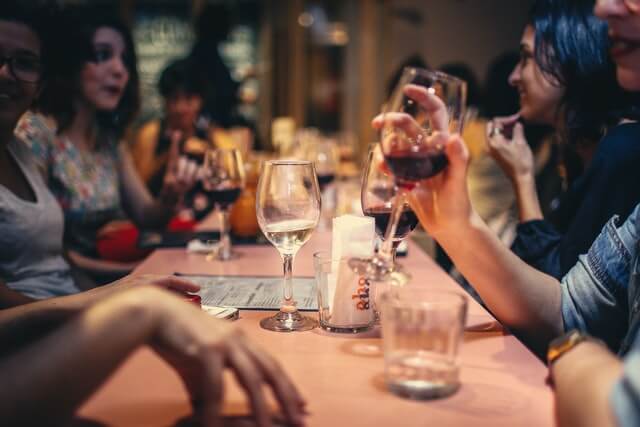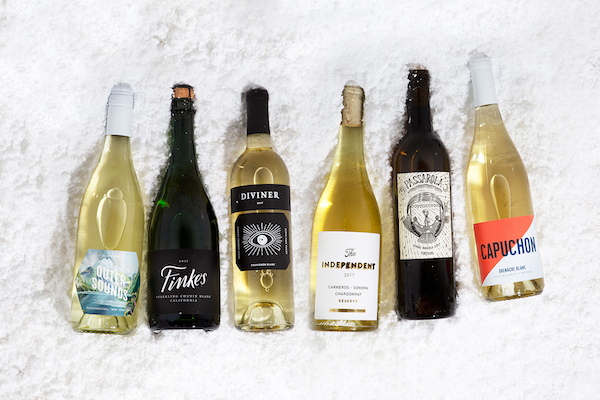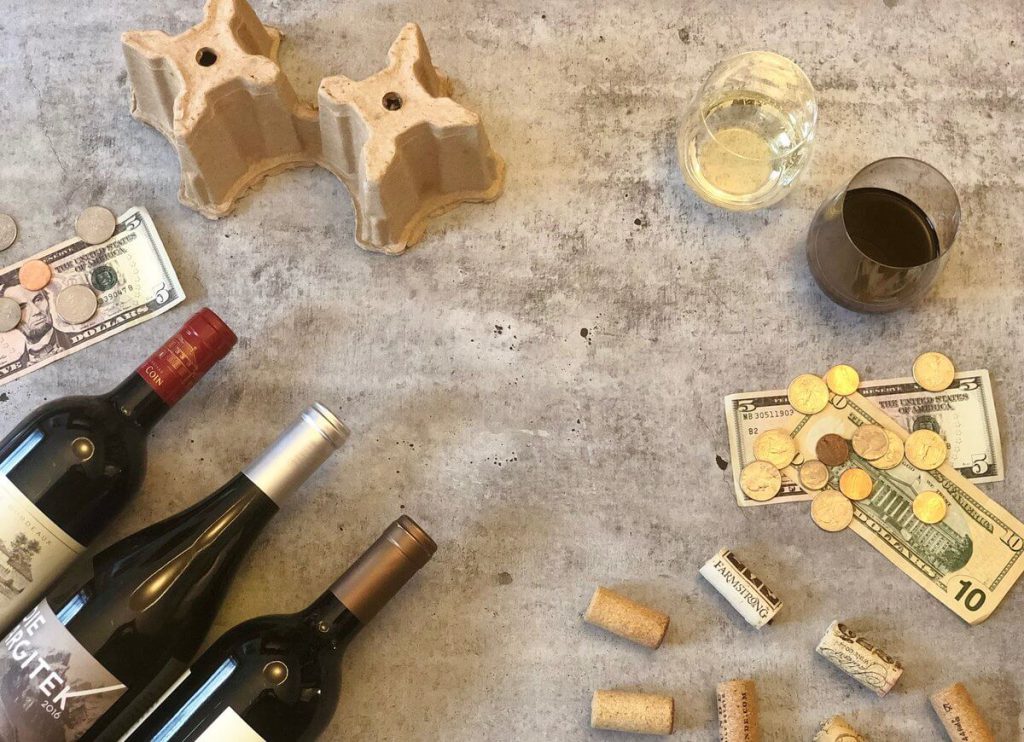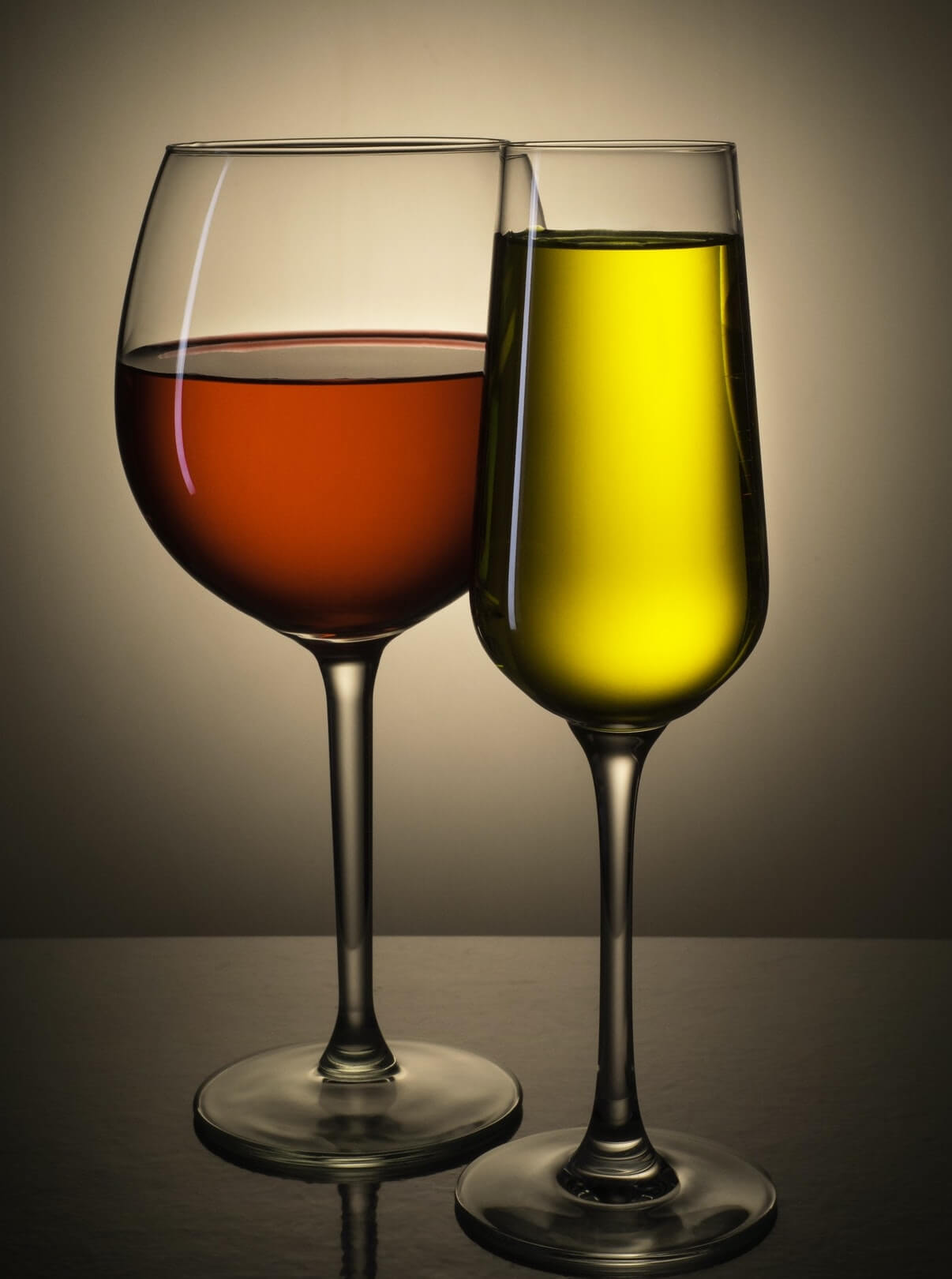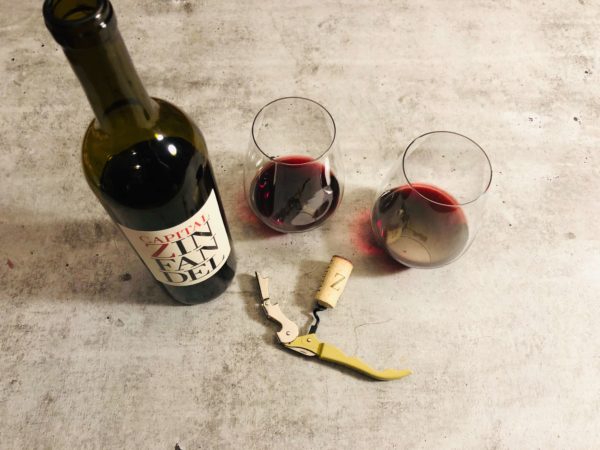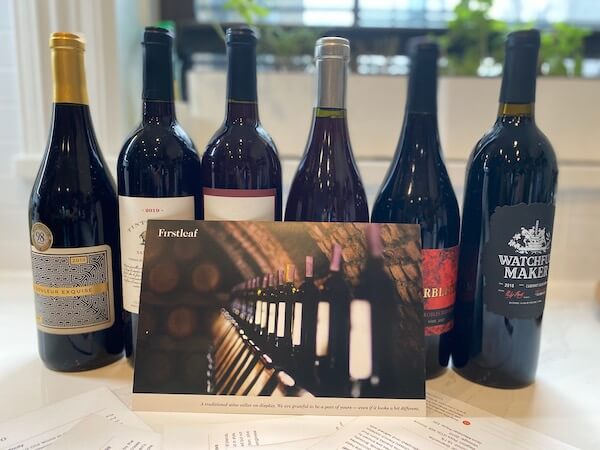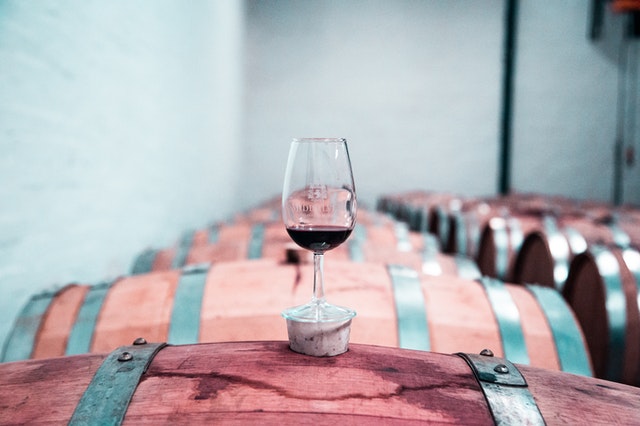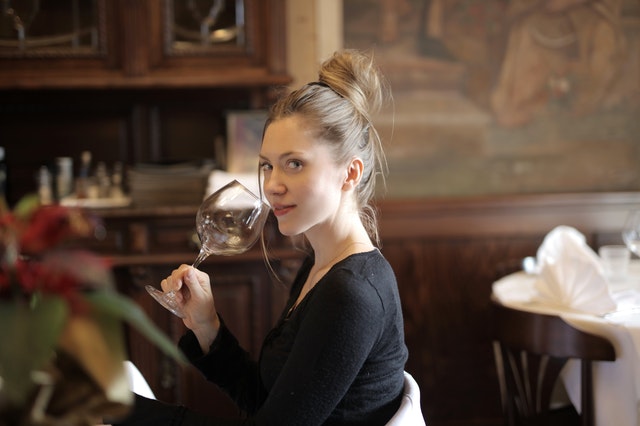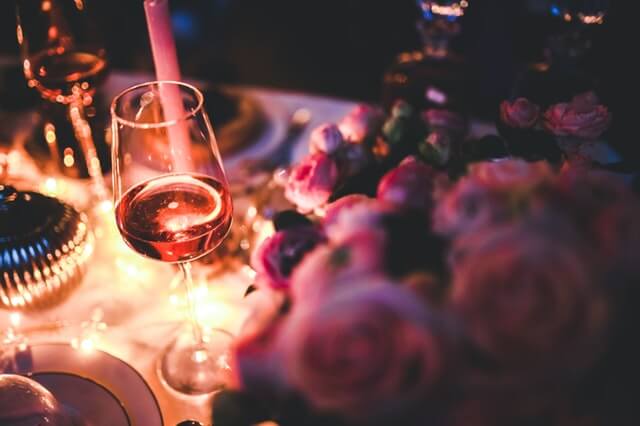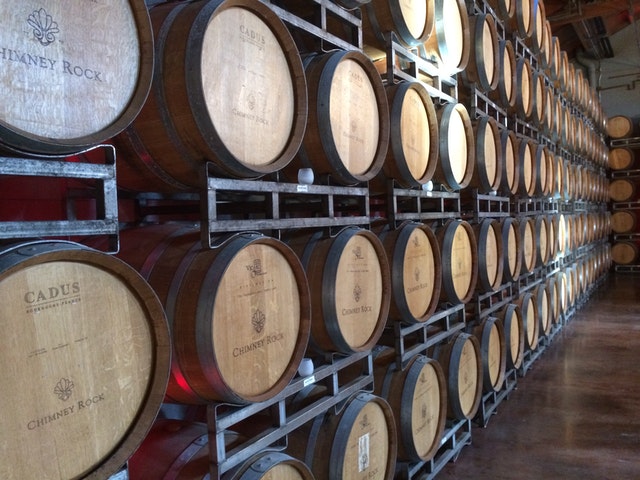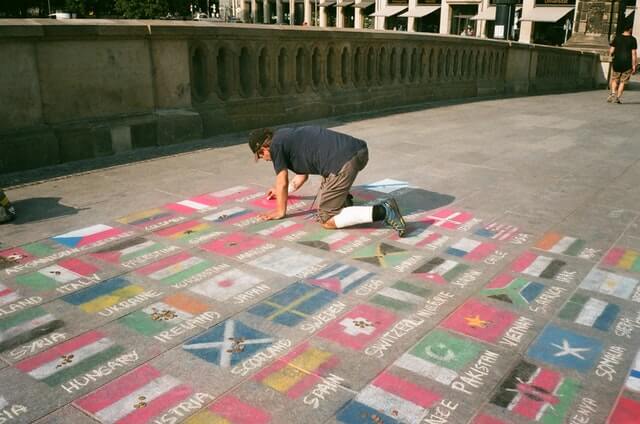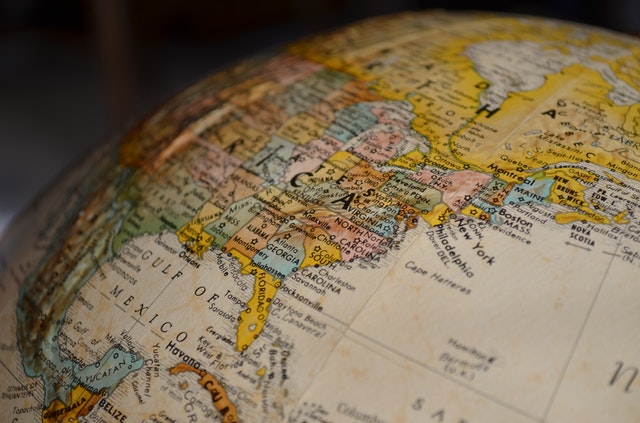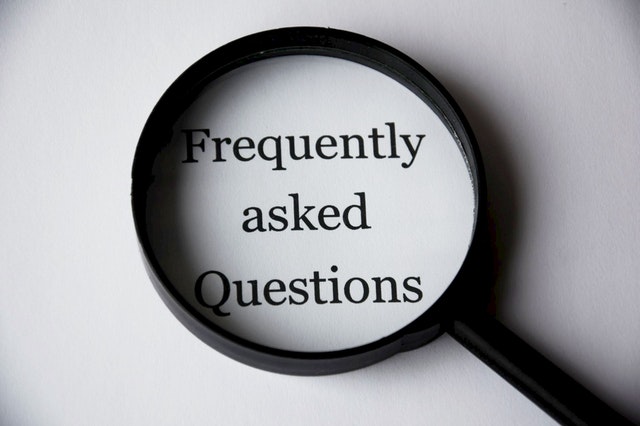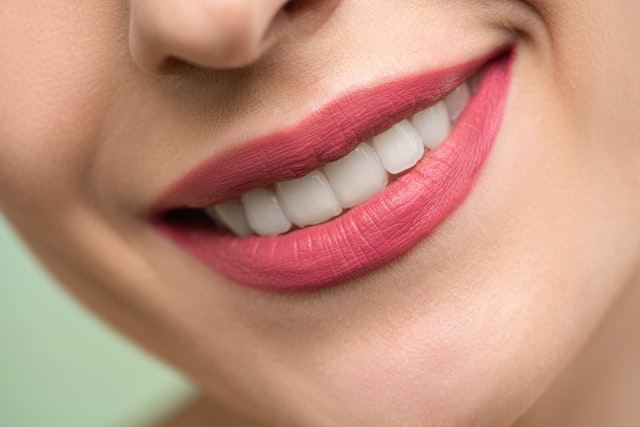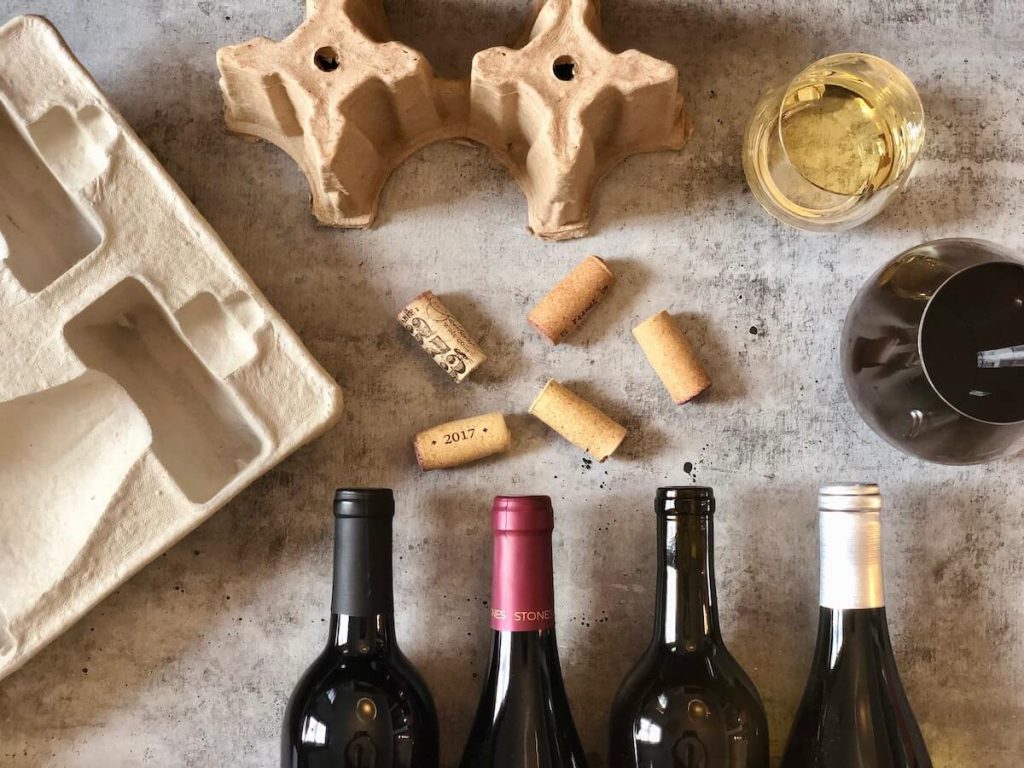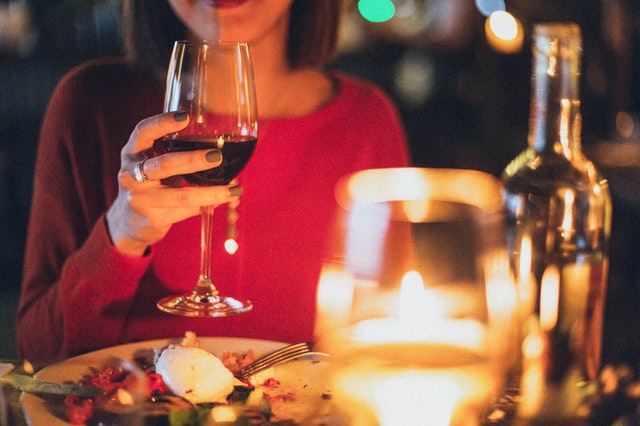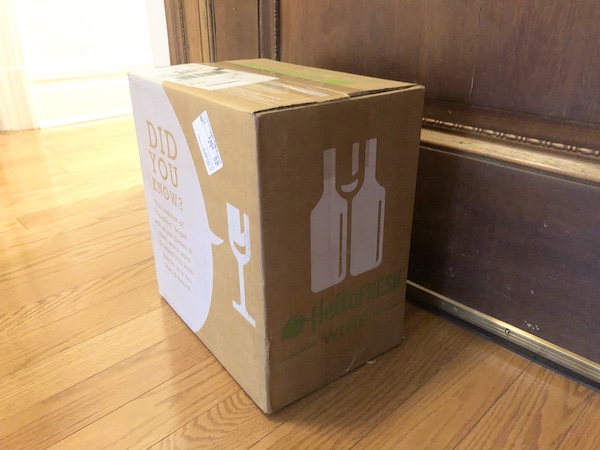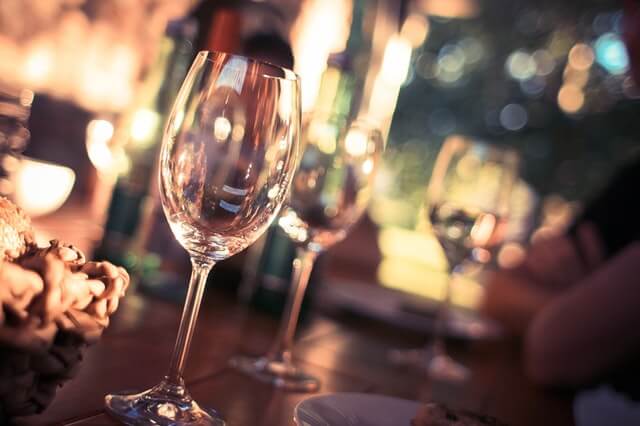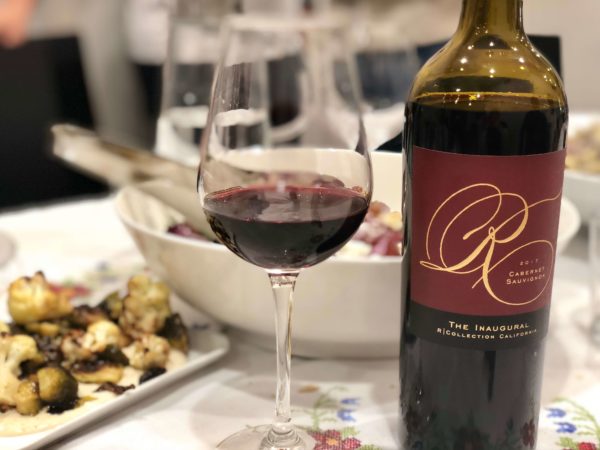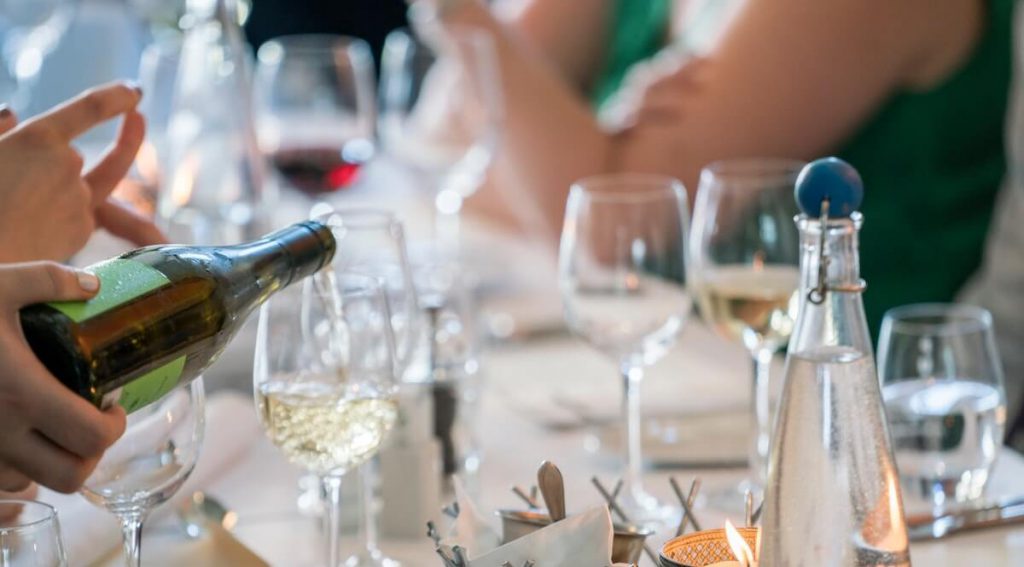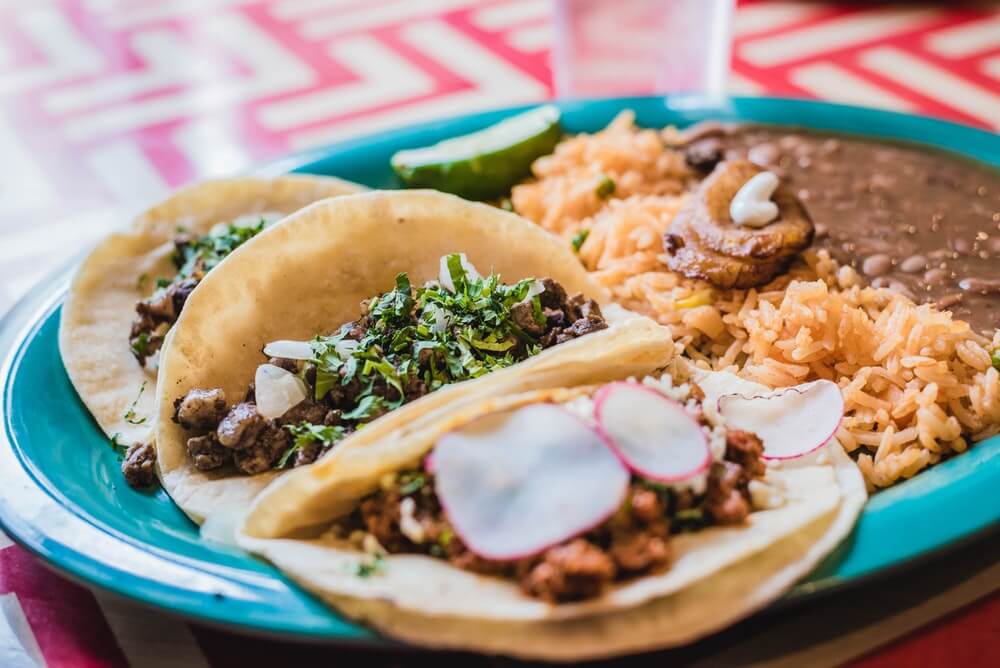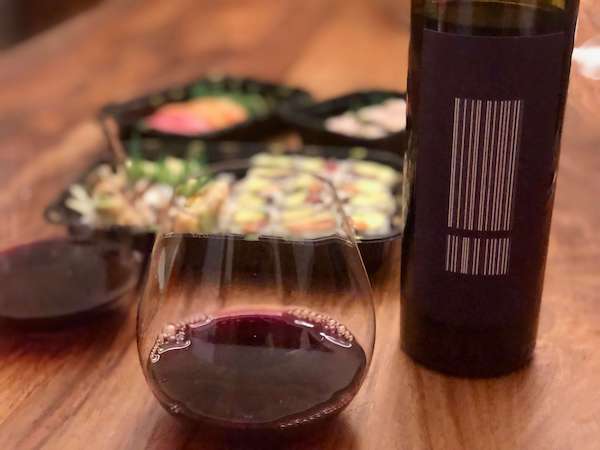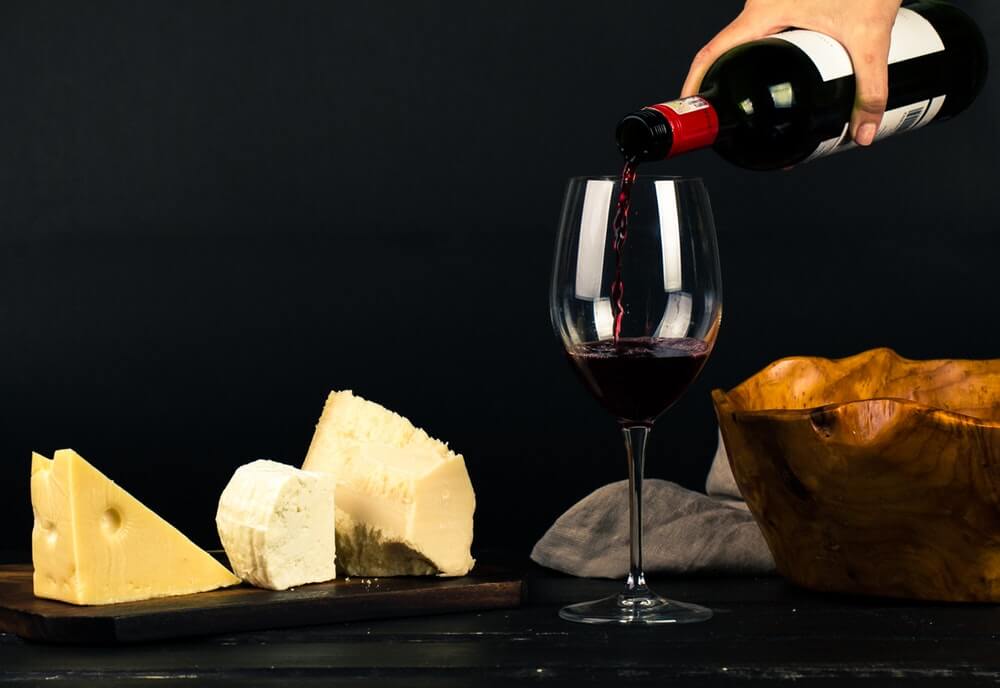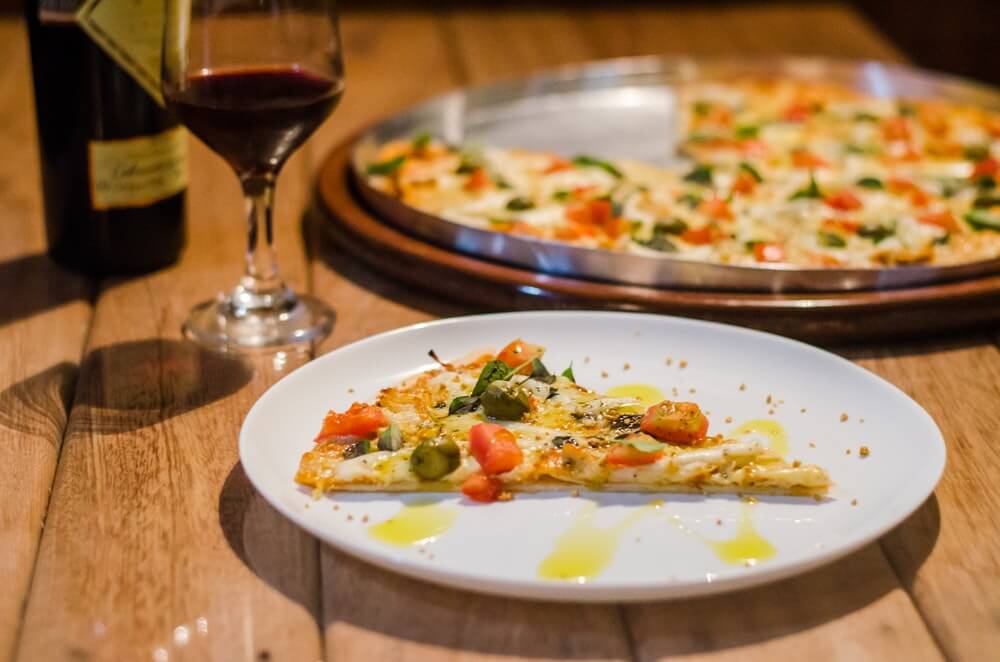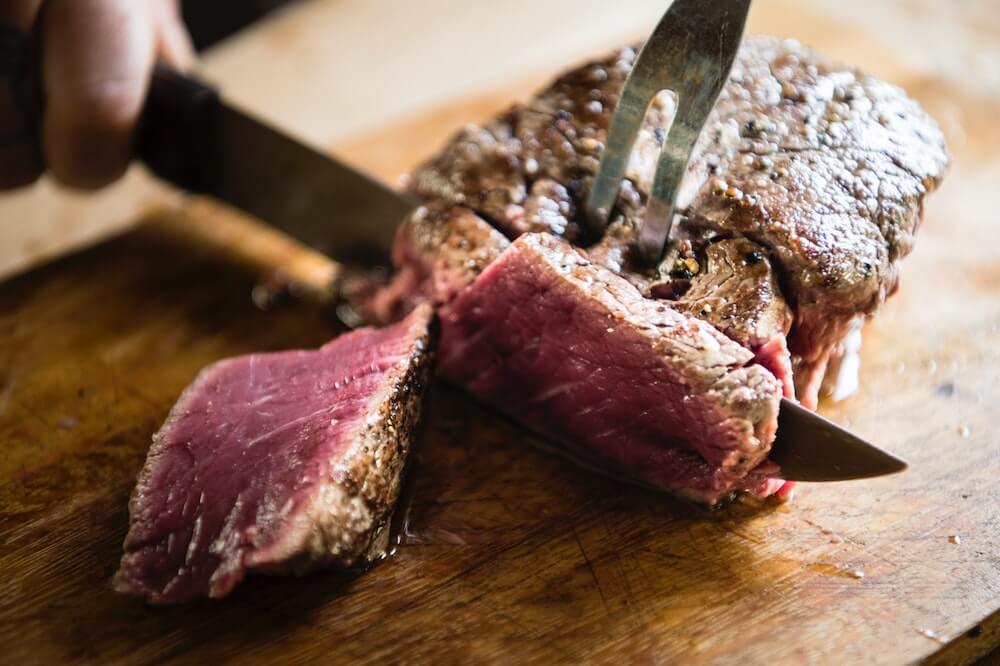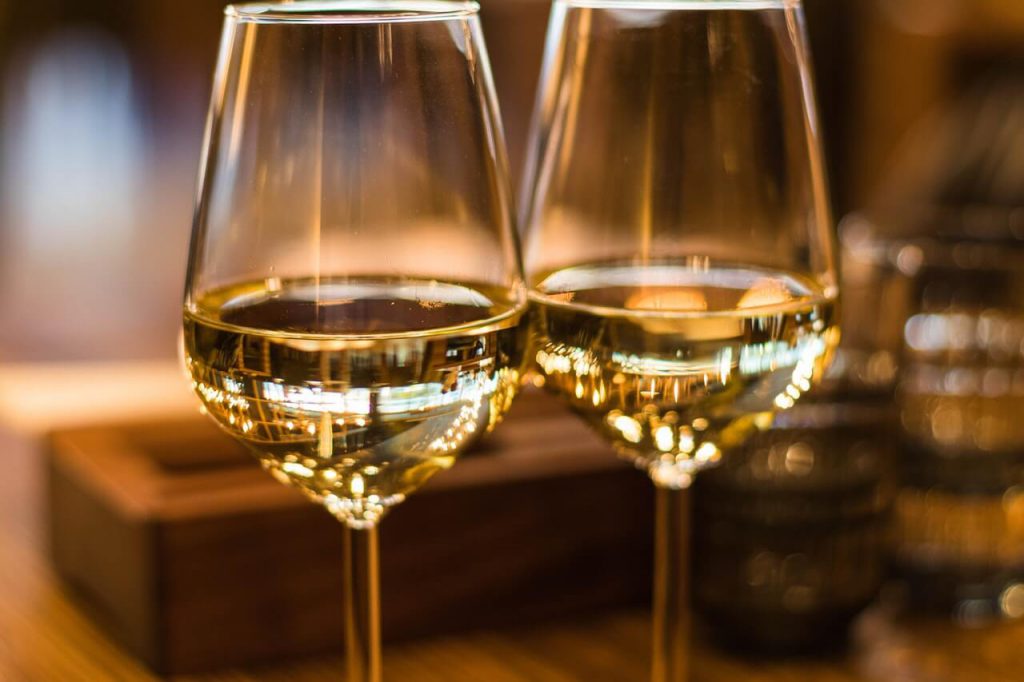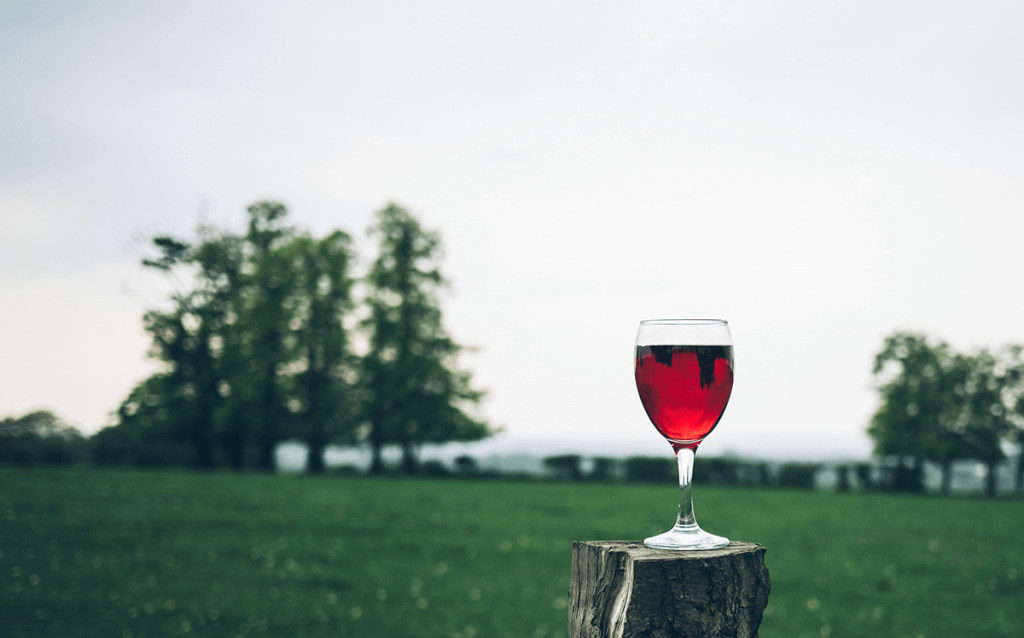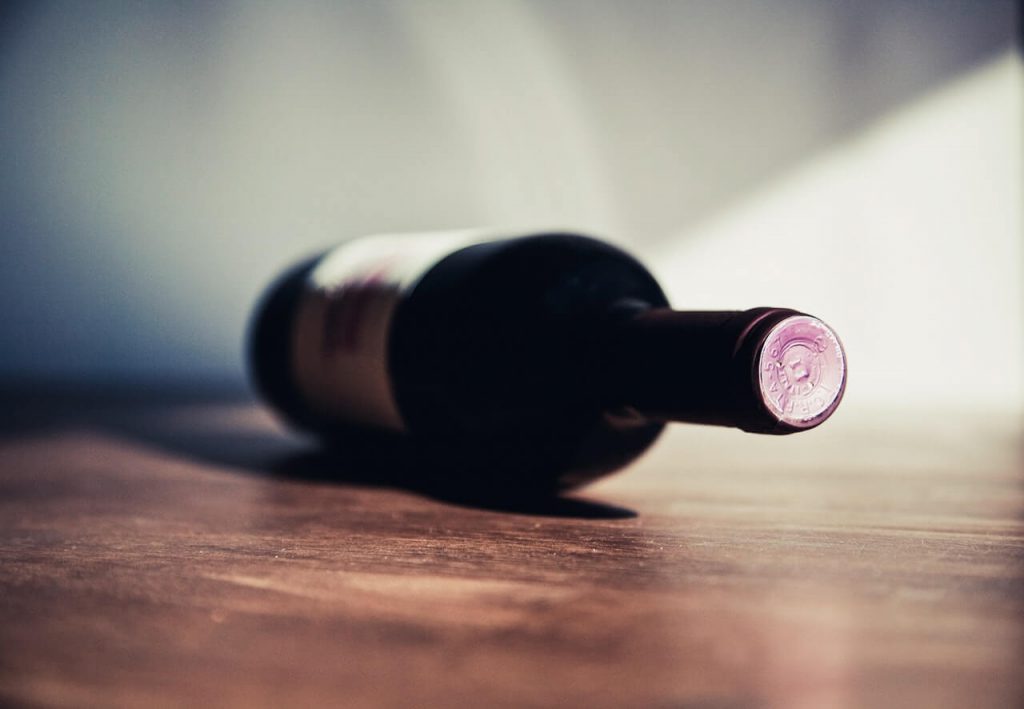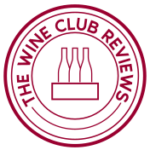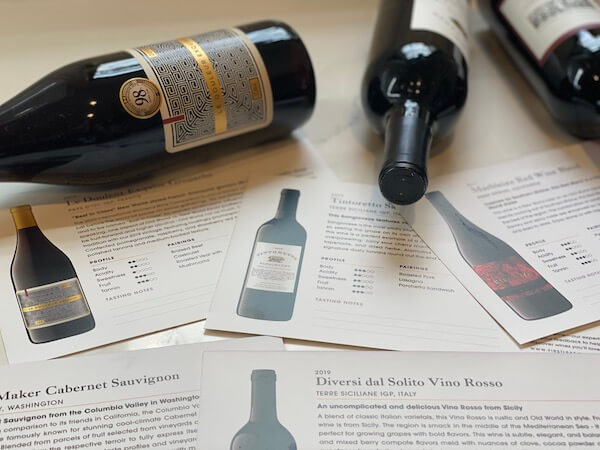Sparkling wine is a delightful and effervescent beverage that brings a touch of celebration to any occasion – from fancy events to a chill summer pool party. It is most known for its bubbly nature, lively effervescence, and refreshing taste.
Here, we will review all the basics (and some more)you need to know – from the history, main classifications, food pairings, and more.
The History of Bubbles
The history of bubbly wine is a fascinating journey of discovery and innovation! The origins of bubbly wine can be traced back to the Champagne region of France in the 17th century. While still wines were produced in the region, winemakers faced challenges during the fermentation process due to the cold winter temperatures. As a result, they discovered that some of the wines would undergo a secondary fermentation in the bottle once spring arrived.
This natural fermentation created carbon dioxide, resulting in characteristic bubbles. Initially, this effervescence was considered a flaw, and winemakers struggled to control the process. However, over time, the distinct qualities of sparkling wine gained popularity, and the Champagne region became renowned for its unique bubbly character.
The monk Dom Pérignon is often credited with playing a significant role in developing Champagne region sparkling wine as we know it today. Although the popular tale of him exclaiming, “Come quickly, I am tasting the stars!” upon discovering the effervescence in Champagne is likely a romanticized story, he did contribute to advancing winemaking techniques in the region. Dom Pérignon worked on improving grape cultivation and winemaking practices, such as blending different grape varieties and using stronger glass bottles to contain the pressure from the bubbles. His efforts helped to refine the production process and establish Champagne as a prestigious and sought-after wine.
The popularity of Champagne and sparkling wine spread beyond France in the 18th and 19th centuries. As trade routes expanded, Champagne became a favored wine among European nobility and royalty. The British aristocracy, in particular, developed a taste for Champagne, and it became a symbol of luxury and celebration.
This international demand for the different types of sparkling wine led to the establishment of other sparkling wine regions outside of Champagne, including Cava in Spain, Prosecco in Italy, and sparkling wine production in various other countries.
Today, sparkling wine is enjoyed worldwide, and different regions have developed their own methods and styles, each offering unique expressions of effervescence and flavors.
How Is Sparkling Wine Produced?
Sparkling wine is produced through a process known as the Traditional Method, also called the Méthode Traditionnelle or Méthode Champenoise. The Traditional Method is known for producing high-quality sparkling wines with fine bubbles, complexity, and aging potential. It is a labor-intensive process that requires time, skill, and attention to detail.
This method includes a few steps:
- Base Wine: The process begins with the production of a still wine, usually from specific grape varieties that are suitable for sparkling wine production. The grapes are harvested and fermented, producing a base wine with balanced acidity and fruit flavors.
- Secondary Fermentation: Once the base wine is made, a mixture called tirage, consisting of yeast and sugar, is added to the wine. The wine is then bottled and sealed with a crown cap or a temporary closure.
- Aging on Lees: The bottles are stored horizontally in a cool cellar, and secondary fermentation occurs inside the bottle. As the yeast consumes the added sugar, it produces carbon dioxide, which gets trapped in the bottle, creating characteristic bubbles. The wine is aged on the lees (the dead yeast cells), contributing to its complexity and developing flavors.
- Remuage (Riddling): After the aging period, the yeast sediment needs to be removed from the bottle. The bottles are placed on special racks, tilted at an angle, and gradually turned and shaken. This process, known as remuage or riddling, helps move the sediment to the neck of the bottle.
- Disgorgement: Once the yeast sediment has collected in the neck of the bottle, it needs to be removed. The neck of the bottle is frozen, forming an ice plug that traps the sediment. The crown cap is then removed, and the pressure inside the bottle expels the frozen plug, carrying the sediment with it. This step is called disgorgement.
- Dosage: After disgorgement, a small amount of wine, known as the dosage, is added to the bottle to balance the flavor and sweetness level. The dosage can vary depending on the desired sweetness of the final product. The bottle is then sealed with a cork and wire cage.
- Aging and Maturation: Following dosage, the sparkling wine undergoes further aging, allowing it to develop its characteristic flavors and complexity. The length of aging can vary depending on the style and quality of the sparkling wine.
- Labeling and Release: Finally, the bottles are labeled and prepared for release. The sparkling wine is now ready to be enjoyed, offering its effervescence, distinctive flavors, and celebratory charm to wine enthusiasts.
Apart from the Traditional Method, there are alternative methods used to produce sparkling wine – the Tank Method and Carbonation Method. Both offer alternative approaches that can produce sparkling wines with different characteristics and price points.
Tank Method/Charmat Method
In this method, also known as the Charmat method or cuve close, the secondary fermentation occurs in a large pressurized tank rather than individual bottles. After the base wine is made, it is transferred to a tank along with sugar and yeast to induce secondary fermentation. The tank is sealed, and the carbon dioxide produced during fermentation gets trapped, creating the bubbles in the wine. Once the fermentation is complete, the wine is filtered to remove the yeast sediment, and a dosage may be added to adjust the sweetness level. The wine is then bottled under pressure. This method is often used for producing sparkling wines with a fresh and fruity character, such as Prosecco.
Carbonation Method
The carbonation method is the simplest and most straightforward way of adding bubbles to wine. It involves injecting carbon dioxide into still wine under pressure. This method is commonly used to produce inexpensive, mass-produced sparkling wines or sparkling wine alternatives. Carbonation can also be achieved through the use of carbonation equipment at home or in commercial settings, where the carbon dioxide is directly infused into the wine.
Sparkling Wines – Main Classification By Level of Sweetness
Sparkling wine comes in various styles, ranging from bone-dry to sweet. Here is a drill-down to the main classification:
Brut Nature/Brut Zero/Non-Dosage: These terms indicate the driest style of sparkling wine with no added dosage (sugar). The resulting wine is bone-dry with very low residual sugar, allowing the natural acidity and minerality of the wine to shine through.
Extra Brut: Extra Brut sparkling wine is also very dry, with minimal dosage added. It has a crisp and refreshing character, with only a hint of sweetness, if any.
Brut: The most common style of sparkling wine, Brut is dry with a balance between acidity, fruitiness, and a touch of sweetness. It is the benchmark for many sparkling wine styles and is widely enjoyed as an aperitif or with a variety of dishes.
Extra Dry/Extra Sec: Despite its name, Extra Dry sparkling wine is actually slightly sweeter than Brut. It has a touch more residual sugar, which contributes to a rounder and softer mouthfeel. Extra Dry sparkling wines are versatile and can be enjoyed on their own or with a range of foods.
Sec sparkling wine falls into the medium-dry category, with a noticeable level of sweetness. It offers a more pronounced sweetness compared to Brut or Extra Dry styles. Sec sparkling wines can be delightful when paired with desserts or enjoyed as a slightly sweeter option.
Demi-Sec: Demi-Sec sparkling wine is noticeably sweeter than the previous styles mentioned. It offers a moderate level of sweetness that balances the acidity of the wine. Demi-Sec is often enjoyed as a dessert wine or celebratory drink on its own.
Doux: Doux sparkling wine is the sweetest classification, with a higher residual sugar level. These wines are luscious, rich, and full-bodied, with a pronounced sweetness that makes them perfect for pairing with rich desserts or as a sweet indulgence.
Famous Sparkling Wine Regions
French Sparkling Wine
French sparkling wines are highly regarded for their elegance, finesse, and ability to age gracefully. The country’s long-standing expertise in the Traditional Method, combined with diverse terroirs and grape varieties, contributes to the exceptional quality of French sparkling wines.
Champagne is the epitome of French sparkling wine and is produced exclusively in the Champagne region of northeastern France. It is made using the Traditional Method, undergoing secondary fermentation in the bottle.
While Champagne is the most famous and prestigious French sparkling wine, there are other regions in France that produce sparkling wines of distinction.
Crémant: Crémant is a term used for French sparkling wines produced in regions outside of Champagne but made using the Traditional Method. Various regions, including Alsace, Bourgogne (Burgundy), Loire Valley, Limoux, and others, produce Crémant wines. Each region has its own regulations and grape varieties used in production.
Clairette de Die: Clairette de Die is a sparkling wine from the Rhône Valley region, made predominantly from the Clairette grape. It is known for its low alcohol content and delicate sweetness.
Crémant du Jura: the sparkling wines from the Jura region, known as Crémant du Jura, are made using the Traditional Method and showcase unique characteristics influenced by the region’s terroir.
Italian Sparkling Wine
While Champagne is the most famous and prestigious sparkling wine region, sparkling wine is produced in many other regions around the world. Some well-known examples include:
Prosecco: Hailing from Italy, Prosecco is known for its fruity and floral character. It is often made in the Tank Method.
Franciacorta: An Italian sparkling wine region that produces high-quality wines using the Traditional Method, often compared to Champagne in terms of quality and aging potential.
Spanish Sparkling Wine
Spanish sparkling wine, known as Cava, is a popular and high-quality sparkling wine that typically exhibits fresh and vibrant characteristics. Cava is typically made from a blend of local grape varieties- like Macabeo, Xarel-lo, Parellada, and more – which contribute to its unique character.
Depending on the aging and blend, Cava can offer a range of flavors, including citrus fruits, apples, pears, tropical fruits, floral notes, and hints of toast or nuts.
Californian Sparkling Wine
Californian sparkling wine, often referred to simply as “Californian bubbles,” has gained significant recognition for its quality and diversity. While California is renowned for its still wines, the state also produces exceptional sparkling wines that rival those from other renowned sparkling wine regions.
California’s primary sparkling wine production regions include Napa Valley, Sonoma County (especially the Russian River Valley and Carneros AVAs), and the Central Coast (including regions like Santa Barbara County and Monterey County).
Similar to Champagne, Californian sparkling wines are crafted from various grape varieties, including Chardonnay, Pinot Noir, and Pinot Meunier. These classic Champagne varieties thrive in California’s cool-climate regions, contributing to the development of wines with vibrant acidity, complex flavors, and fine bubbles.
German Sparkling Wine
Sekt, the German sparkling wine, holds a special place in the world of sparkling wines. While Germany is renowned for its Riesling wines, Sekt has been gaining popularity as a versatile and enjoyable sparkling wine option. The term is general use for German sparkling wine, which can be made using various methods and grape varieties, from Riesling to other grape varieties like Pinot Blanc (Weissburgunder), Pinot Gris (Grauburgunder), Pinot Noir (Spätburgunder), and Chardonnay.
English Sparkling Wine
English sparkling wine has gained significant popularity in recent years, emerging as a top-quality contender in the sparkling wine world. With its cool climate and chalky soils reminiscent of the Champagne region in France, England has become a prime location for producing world-class sparkling wines.
The region of Sussex, in particular, has gained recognition as one of the leading areas for English sparkling wine production, with producers like Nyetimber, Ridgeview, and Bolney Estate consistently delivering high-quality wines. Other regions in England, such as Kent, Hampshire, and Cornwall, are also producing notable sparkling wines.
English sparkling wine often exhibits crisp citrus flavors, green apple notes, and a delicate mousse. Some English sparkling wines have also garnered praise for their ability to age gracefully, developing further complexity and toasty nuances over time.
What Types of Sparkling Wine Are Best?
The “best” type of sparkling wine largely depends on personal preferences and the occasion for which it is being consumed. But some popular types of sparkling wine that are highly regarded as the best are Champagne, Prosecco, Cava, and Crémant.
How To Open a Bottle of Sparkling Wine?
Opening a bottle of sparkling wine can be an exciting experience, and it’s important to handle it carefully to prevent any spills or accidents. Here’s a step-by-step guide on the best way to open a bottle of sparkling wine:
Chill the Bottle: Ensure that the sparkling wine is properly chilled. Most sparkling wines are best served cold, so refrigerate the bottle for a few hours before opening.
Remove the Foil and Wire Cage: Remove the foil or capsule covering the top of the bottle. Unfold the wire cage, also known as the muselet, that holds the cork in place. Keep your hand over the cork while removing the cage to prevent it from popping out prematurely.
Hold the Bottle Firmly: Hold the bottle at a slight angle, pointing away from yourself and others, with one hand around the base and the other hand gripping the cork and wire cage.
Twist the Bottle, Not the Cork: Keep the cork and the bottle tightly gripped and begin twisting the bottle slowly while holding the cork firmly. The pressure inside the bottle will start to push the cork out gradually.
Control the Release: As the cork starts to loosen, apply slight downward pressure on the cork to control the release and prevent it from popping out too forcefully. Slowly and steadily, continue twisting the bottle until the cork eases out with a gentle sigh.
Listen for the Pop Sound: You’ll hear a soft pop as the cork is released. Be cautious not to aim the bottle or point it toward anyone, as the force of an improperly opened bottle can cause injury.
What Is The Best Glassware For Sparkling Wine?
The choice of glassware for sparkling wine can significantly enhance the overall tasting experience.
The first and most classic option is the Flute glass -a glass with a tall, slender shape with a narrow opening, which helps to preserve the bubbles and concentrate the aromas. The flute allows the bubbles to rise in a continuous stream, creating an elegant visual effect. However, the narrow opening can restrict the aroma release, limiting the ability to fully appreciate the wine’s bouquet.
The second is the Tulip Wine Glass. Tulip-shaped wine glasses with a wider bowl and slightly tapered rim are gaining popularity for enjoying sparkling wine. These glasses offer more surface area for the wine to come into contact with the air, allowing the aromas to develop and intensify. The shape also enables a better perception of the wine’s nuances and flavors. The wider bowl provides space for the bubbles to expand and showcase their effervescence.
The last option is a Coupe glass, with a broad, shallow bowl and short stem, which has a vintage charm and is often associated with classic Champagne saucers. While the coupe is aesthetically pleasing, its shape allows the bubbles to dissipate quickly, resulting in a shorter-lived effervescence. The wide surface area can also make it challenging to concentrate the aromas.
Sparkling Wine Best Food Pairing
When it comes to pairing sparkling wine with food, there are numerous options to explore. For us, the top four options you must try are:
Oysters and Sparkling Wine: Oysters and sparkling wine make for a classic and elegant pairing. The briny and delicate flavor of oysters complements the crisp acidity and effervescence of sparkling wine. The bubbles help cleanse the palate after each bite, enhancing the enjoyment of both the oysters and the wine. Consider pairing fresh raw oysters on the half shell with a dry and mineral-driven Champagne or a crisp and lively Prosecco.
Soft Cheeses and Sparkling Wine: Soft and creamy cheeses pair beautifully with sparkling wine. The richness and creaminess of cheeses like Brie, Camembert, or triple cream cheeses are balanced by the acidity and bubbles in the wine. The effervescence also helps cut through the richness and refreshes the palate. Try pairing a creamy Brie with a fruit-forward and slightly sweet sparkling wine like a Demi-Sec Champagne or a Moscato d’Asti.
Sushi and Sparkling Wine: Sushi and sparkling wine make a fantastic pairing, as the bright acidity and effervescence of the wine complement the flavors and textures of sushi. The clean and crisp flavors of sparkling wine, such as a Brut Champagne or a dry sparkling Riesling, harmonize well with the delicate fish, rice, and umami flavors found in sushi.
Berries and Sparkling Wine: Strawberries and sparkling wine create a refreshing and indulgent pairing, particularly during the summer months. Opt for a dry sparkling Rosé or a slightly off-dry sparkling wine like a Prosecco Superiore or an Asti Spumante to complement the natural sweetness of the strawberries.
Other FAQ About Sparkling Wines
Is Moscato a Sparkling Wine?
While Moscato is commonly produced as a still wine, it can also be made in a sparkling style, known as Moscato d’Asti or Asti Spumante.
Moscato d’Asti is a semi-sparkling or frizzante wine originating from Italy’s Piedmont region. It is made using the Charmat method, where the wine undergoes secondary fermentation in a pressurized tank to create bubbles. Moscato d’Asti is typically lower in alcohol and has a light and delicate effervescence. It is known for its sweet and floral flavors, with notes of peach, apricot, and orange blossom.
Asti Spumante, on the other hand, is a fully sparkling version of Moscato made in the Asti region of Italy. It is produced using the same grape variety and Charmat method but has a higher level of carbonation compared to Moscato d’Asti. Asti Spumante is typically sweeter and more intensely aromatic, with flavors of ripe fruit, honey, and floral notes.
Is There Pinot Noir Sparkling Wine?
Yes, there is Pinot Noir sparkling wine. Pinot Noir is a versatile grape variety that produces a range of wine styles, including still and sparkling wines. When used for sparkling wine production, Pinot Noir contributes its unique characteristics to create a distinctive sparkling wine.
One well-known region for Pinot Noir sparkling wine is Champagne in France, where it is a key component of many prestigious Champagne blends. However, Pinot Noir sparkling wines are also produced in other regions around the world, including other parts of France, California, New Zealand, Australia, and more.
Pinot Noir sparkling wines can exhibit a range of flavors and aromas, depending on factors such as the terroir, winemaking techniques, and aging. They often showcase red fruit characteristics such as cherry, raspberry, and strawberry, along with floral and spice notes. The acidity and structure of Pinot Noir lend themselves well to sparkling wine production, providing balance and a lively mouthfeel.
Is There Rosé Sparkling Wines?
Yes, there are Rosé sparkling wines. Rosé sparkling wine is made using either the traditional method or the Charmat method, depending on the producer and region. Rosé bubbles can vary in style from dry to off-dry or even slightly sweet. They are known for their elegant and refreshing characteristics, combining the crispness and effervescence of sparkling wine with the vibrant fruit flavors and aromas of red berries, cherries, and sometimes citrus notes.
